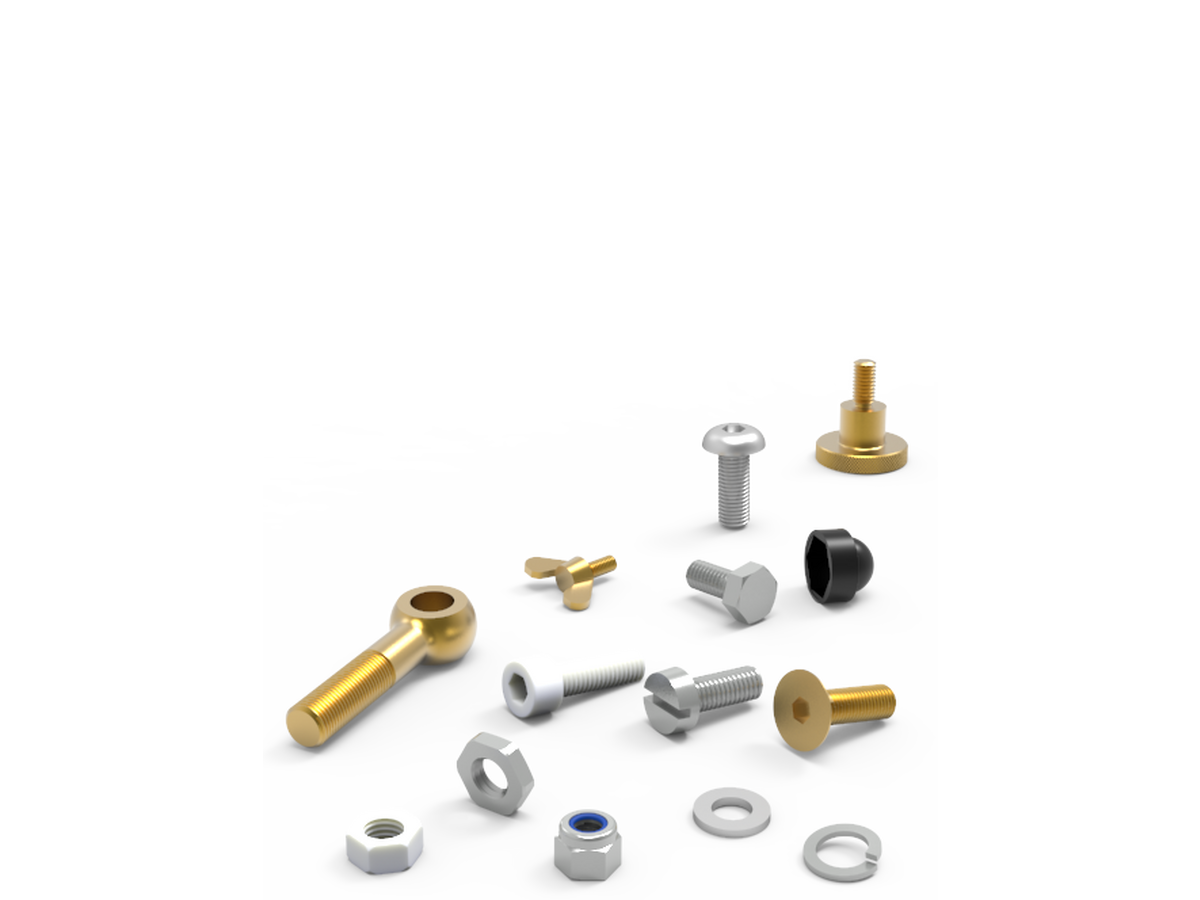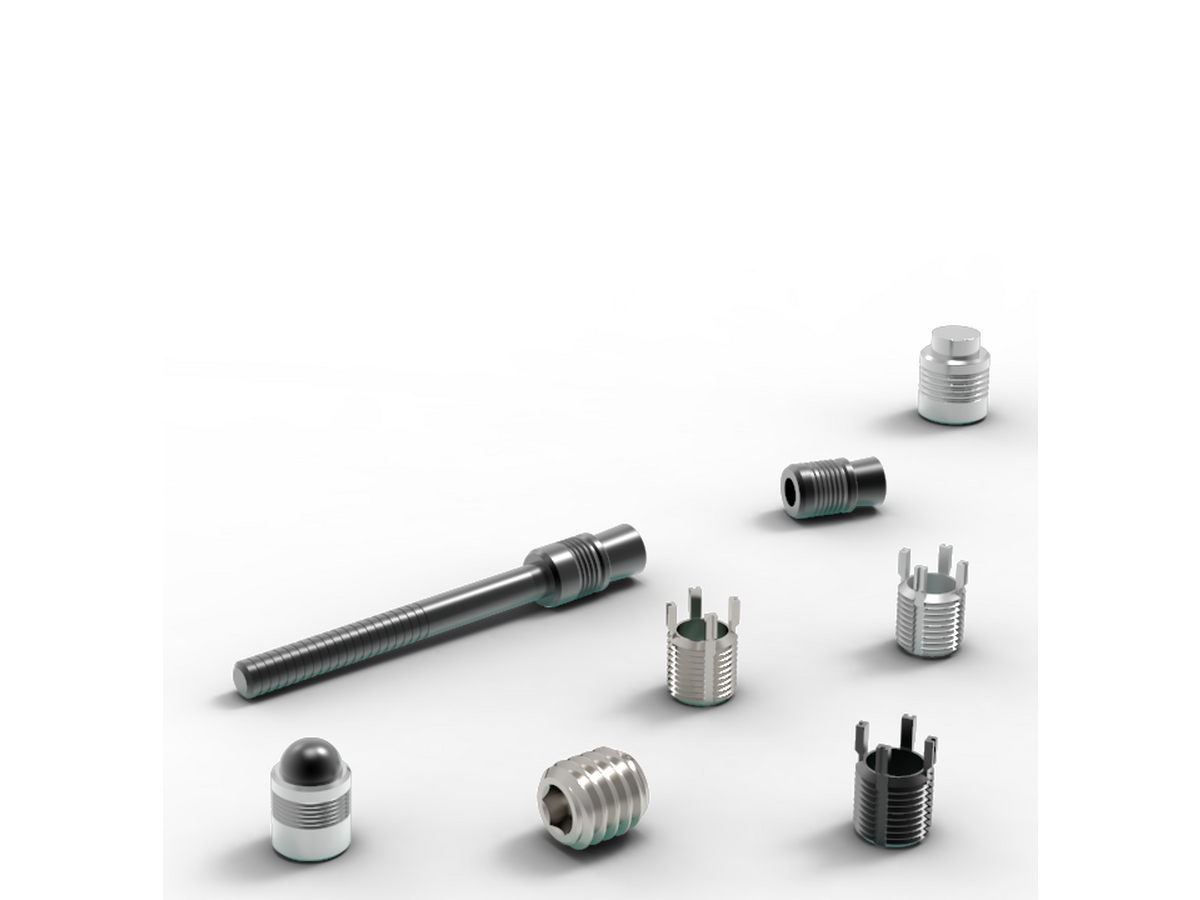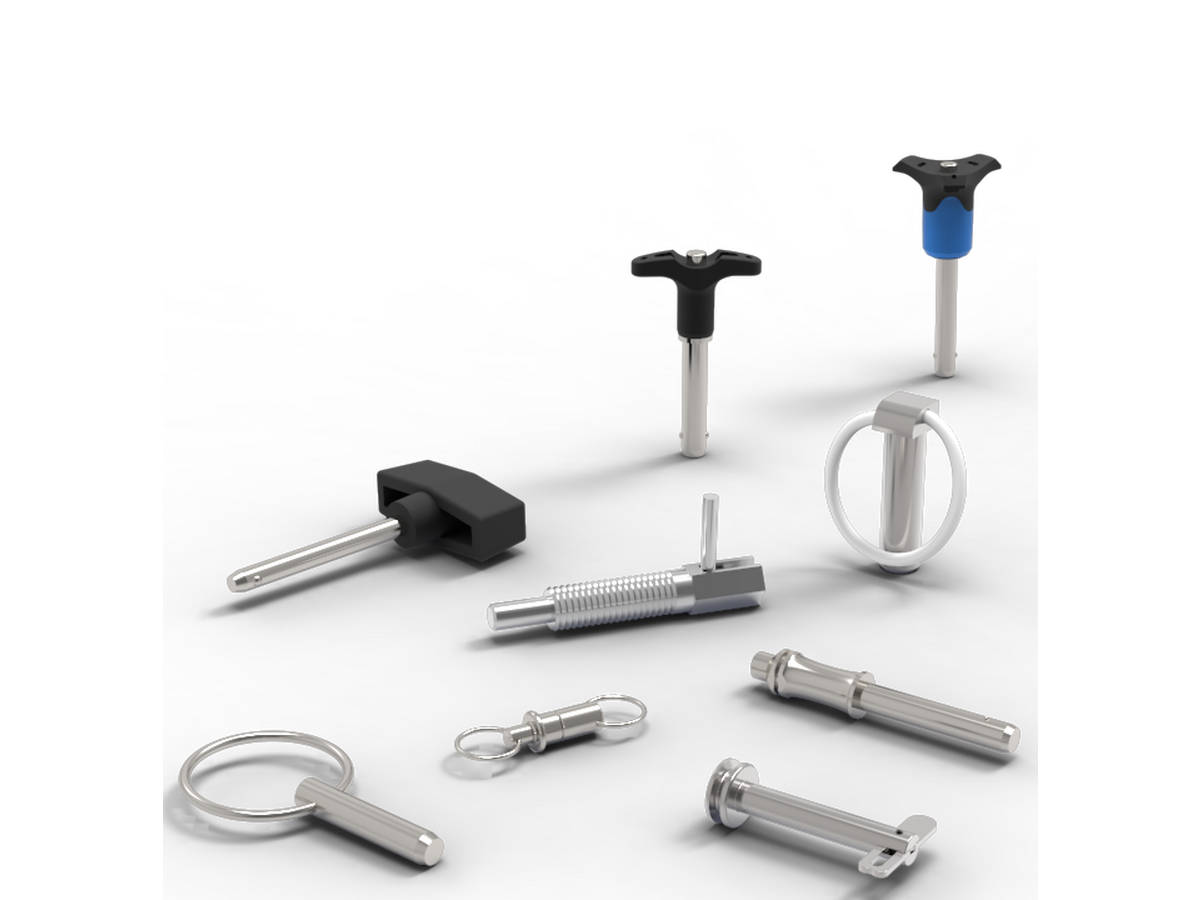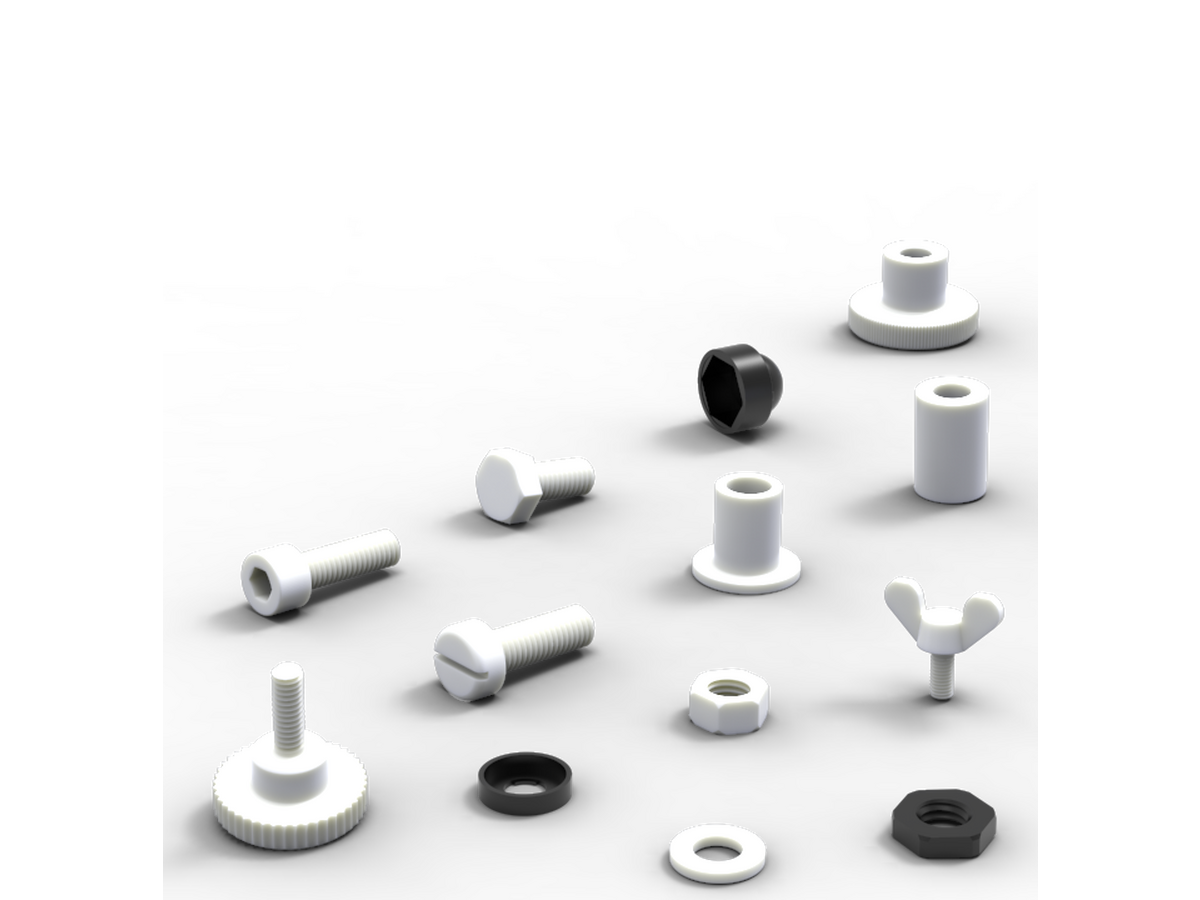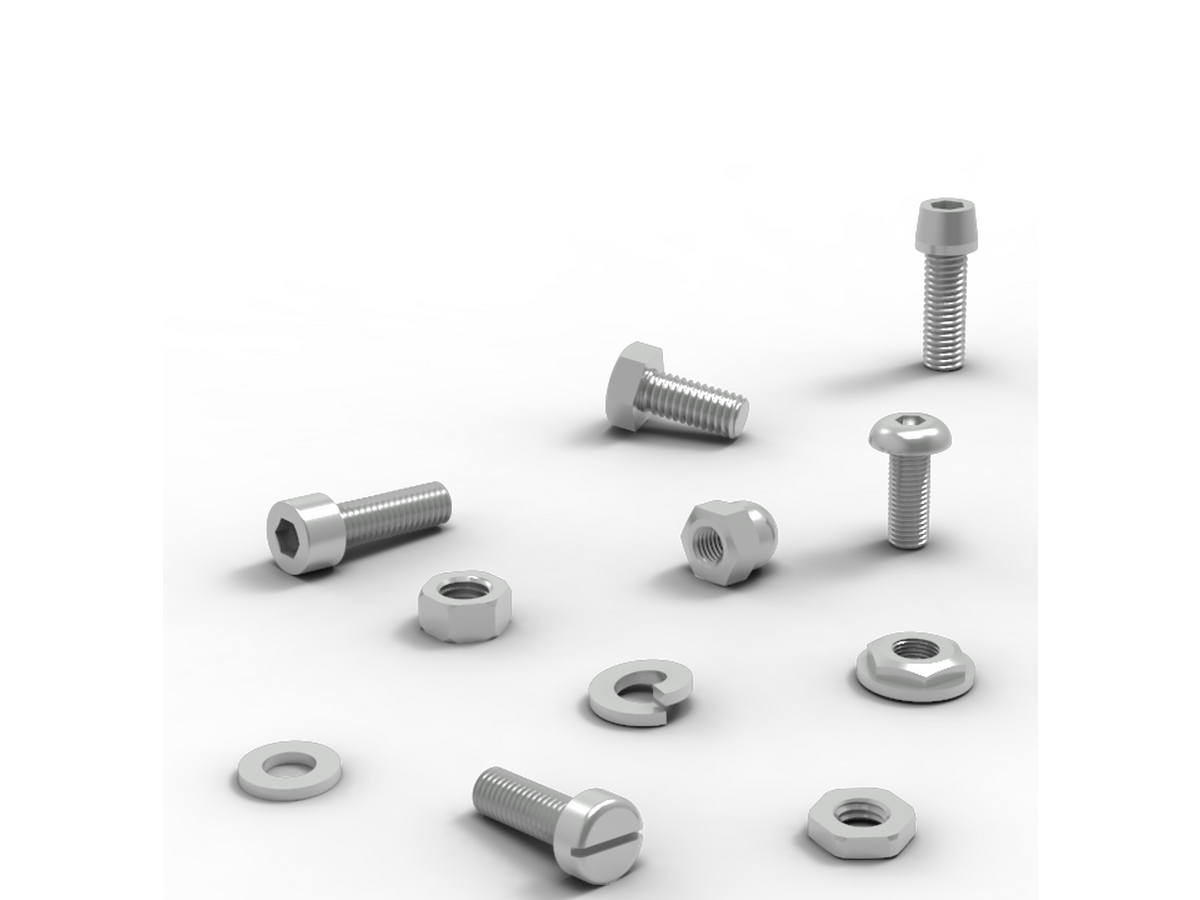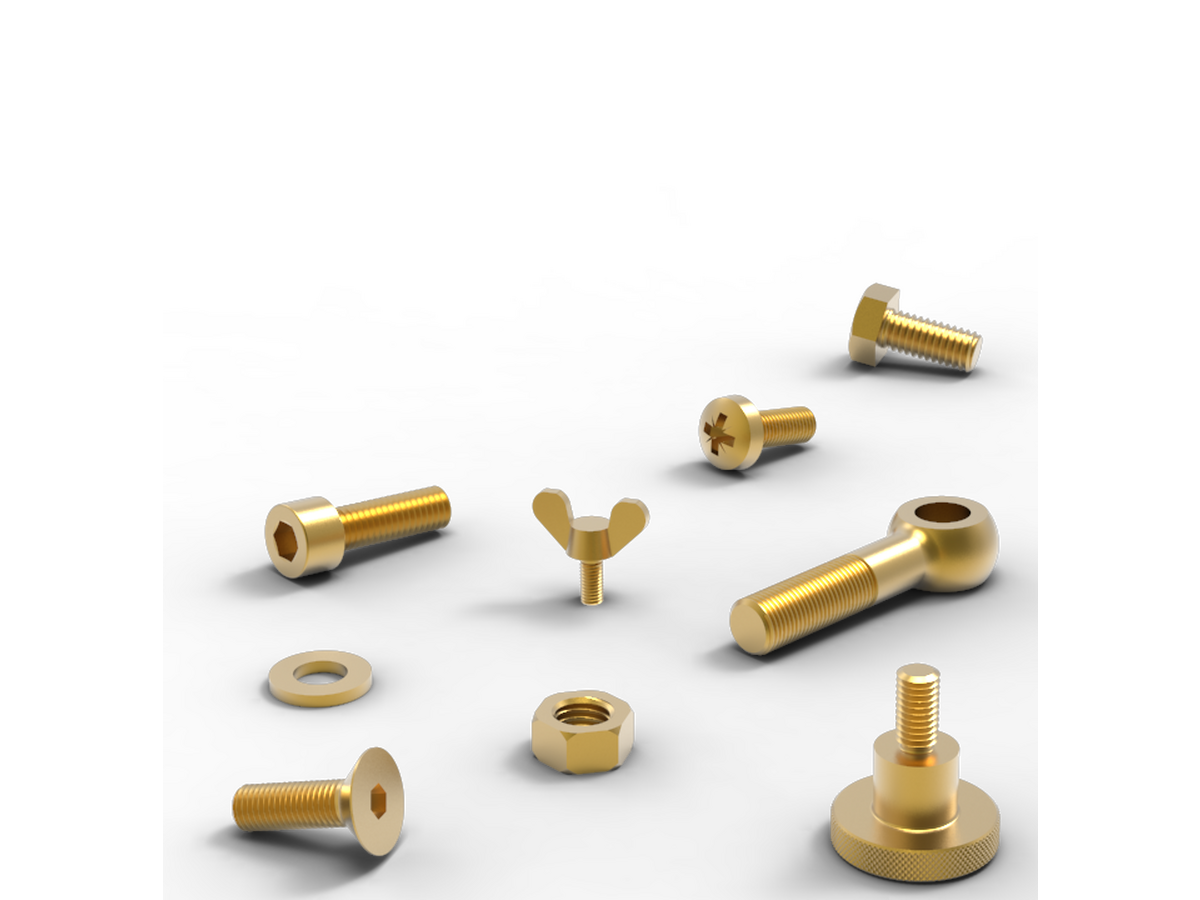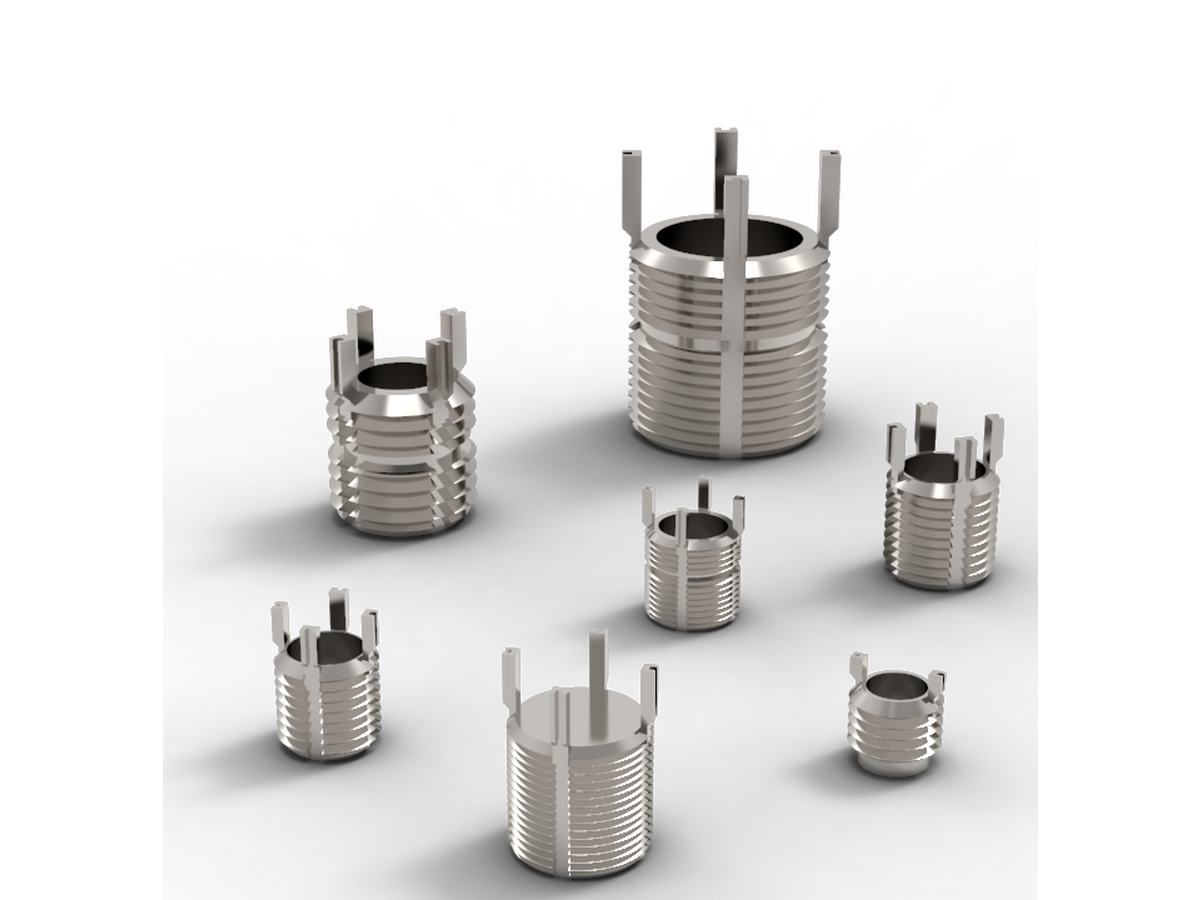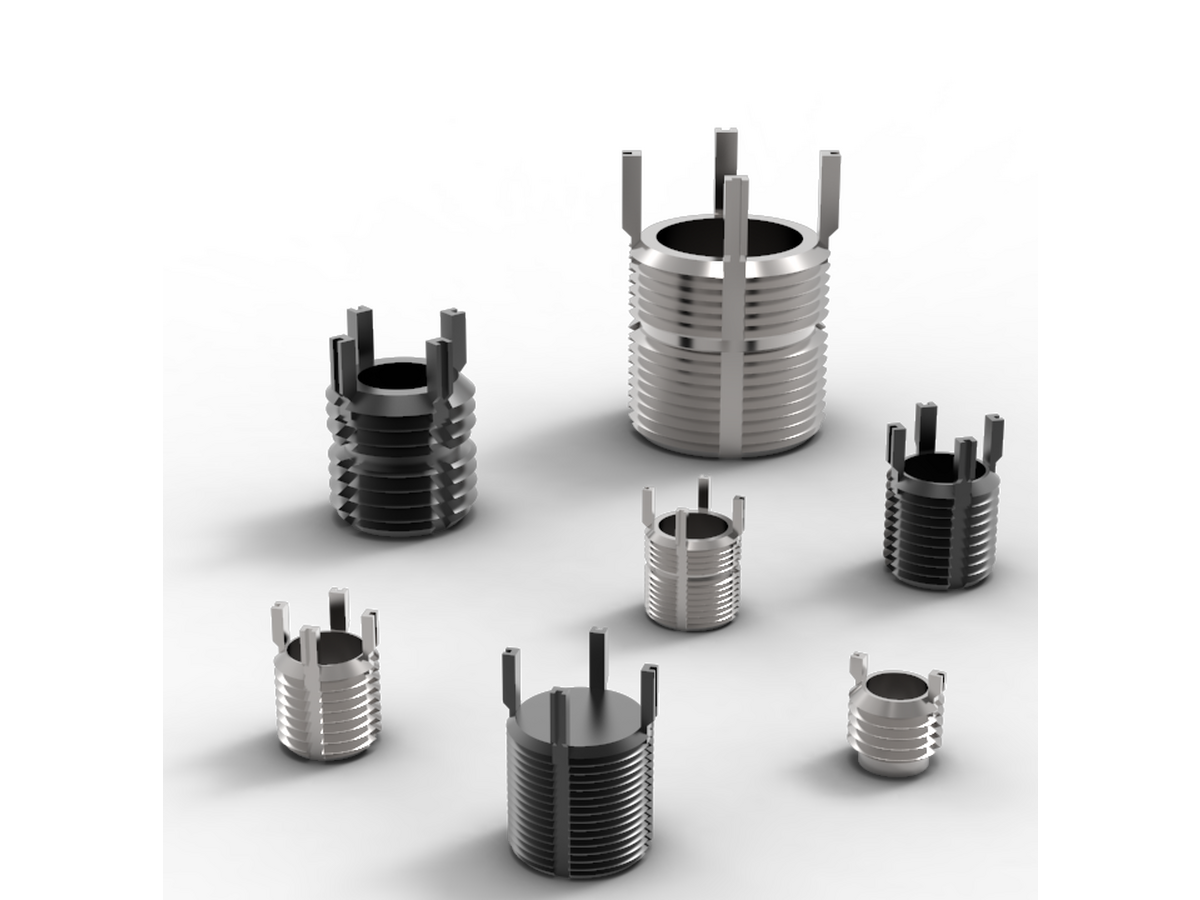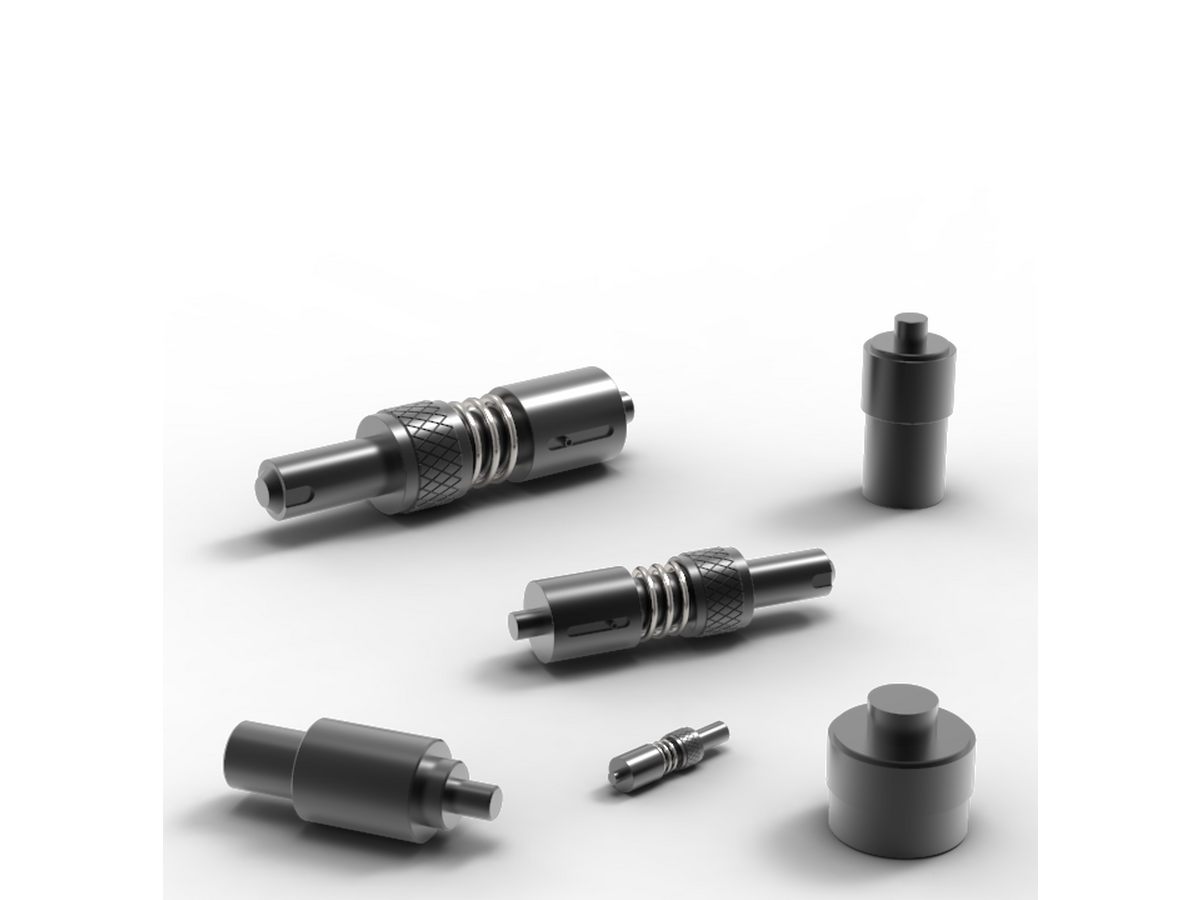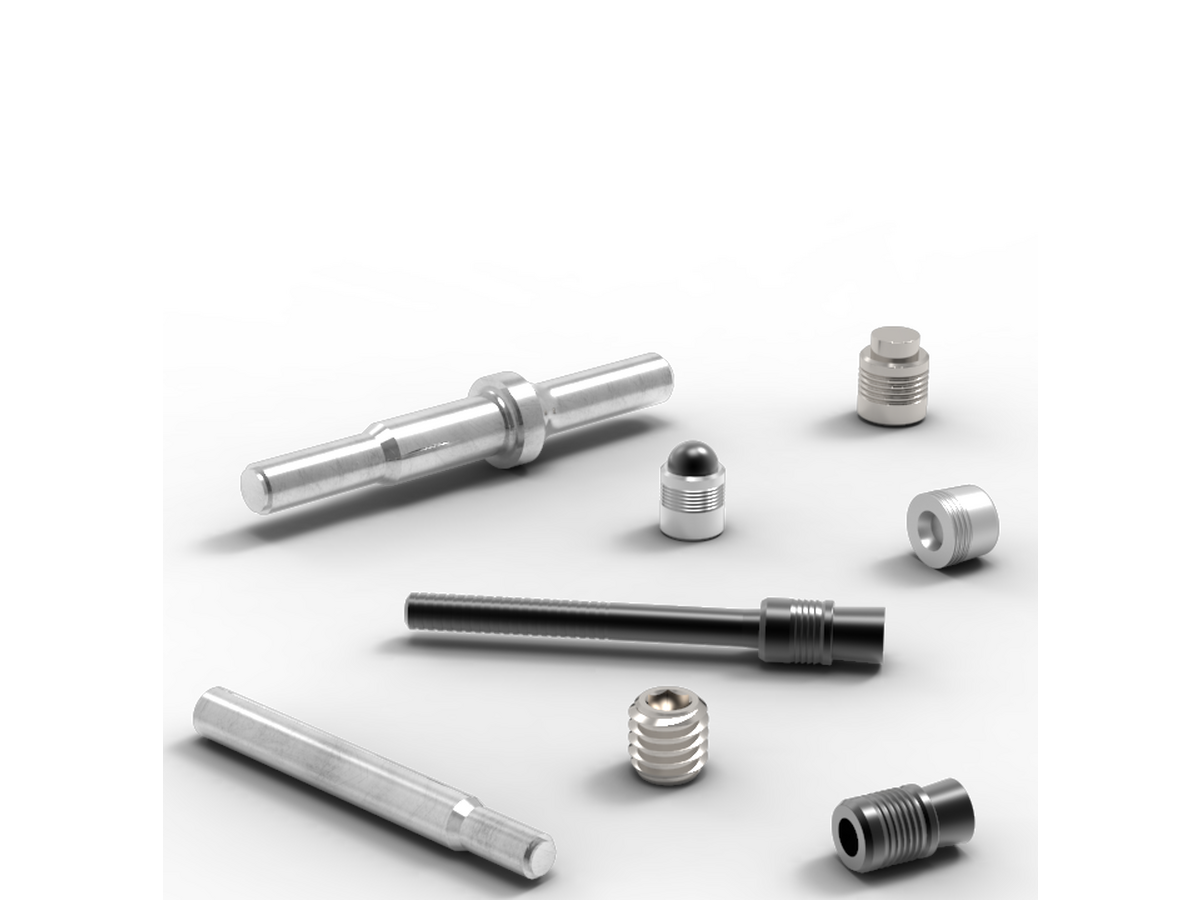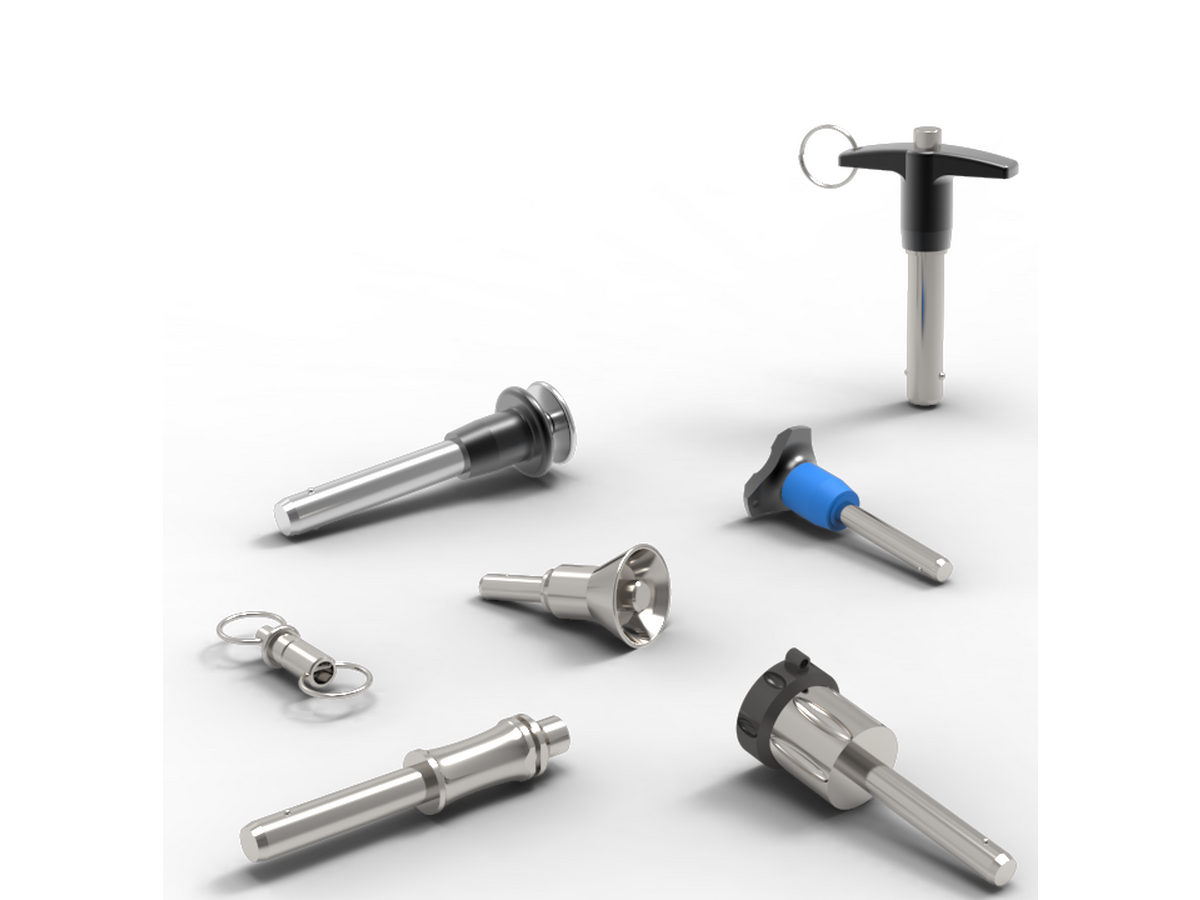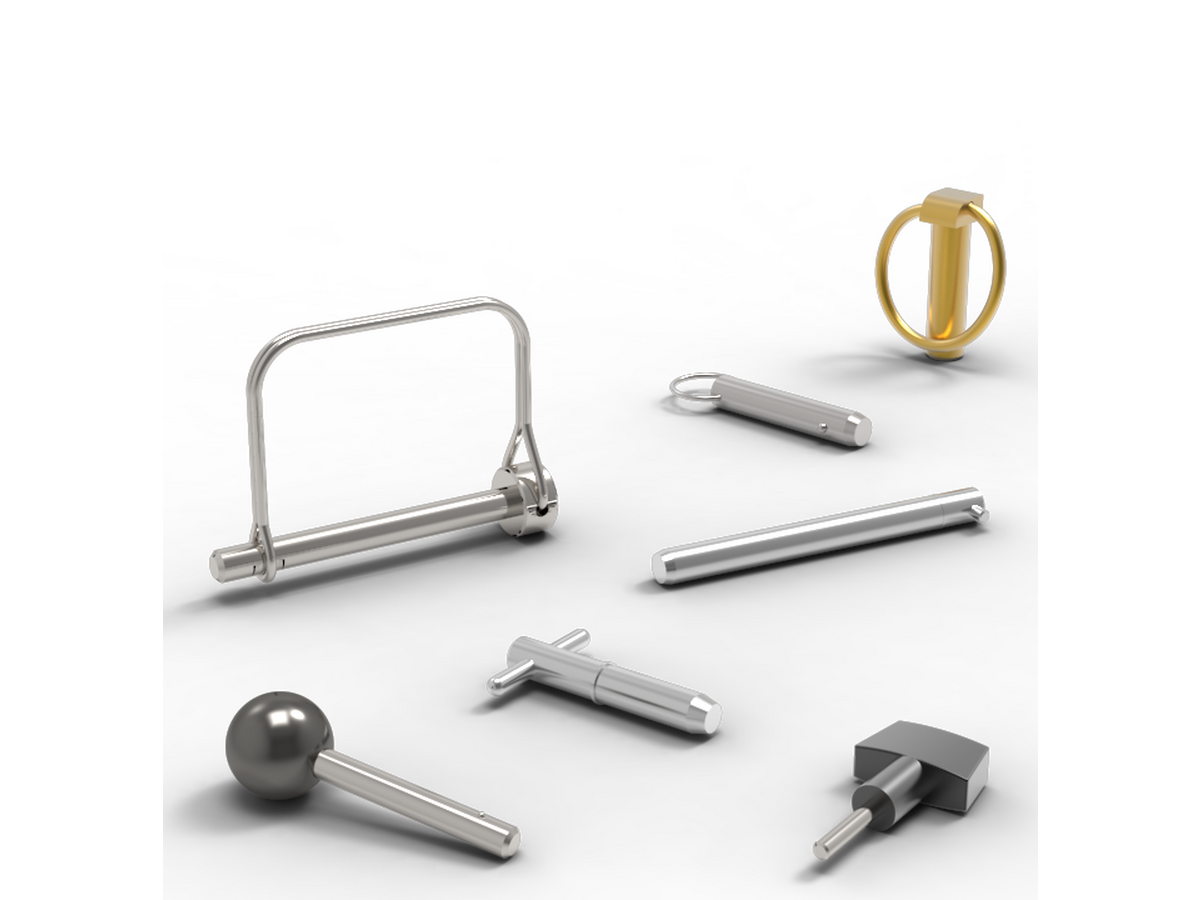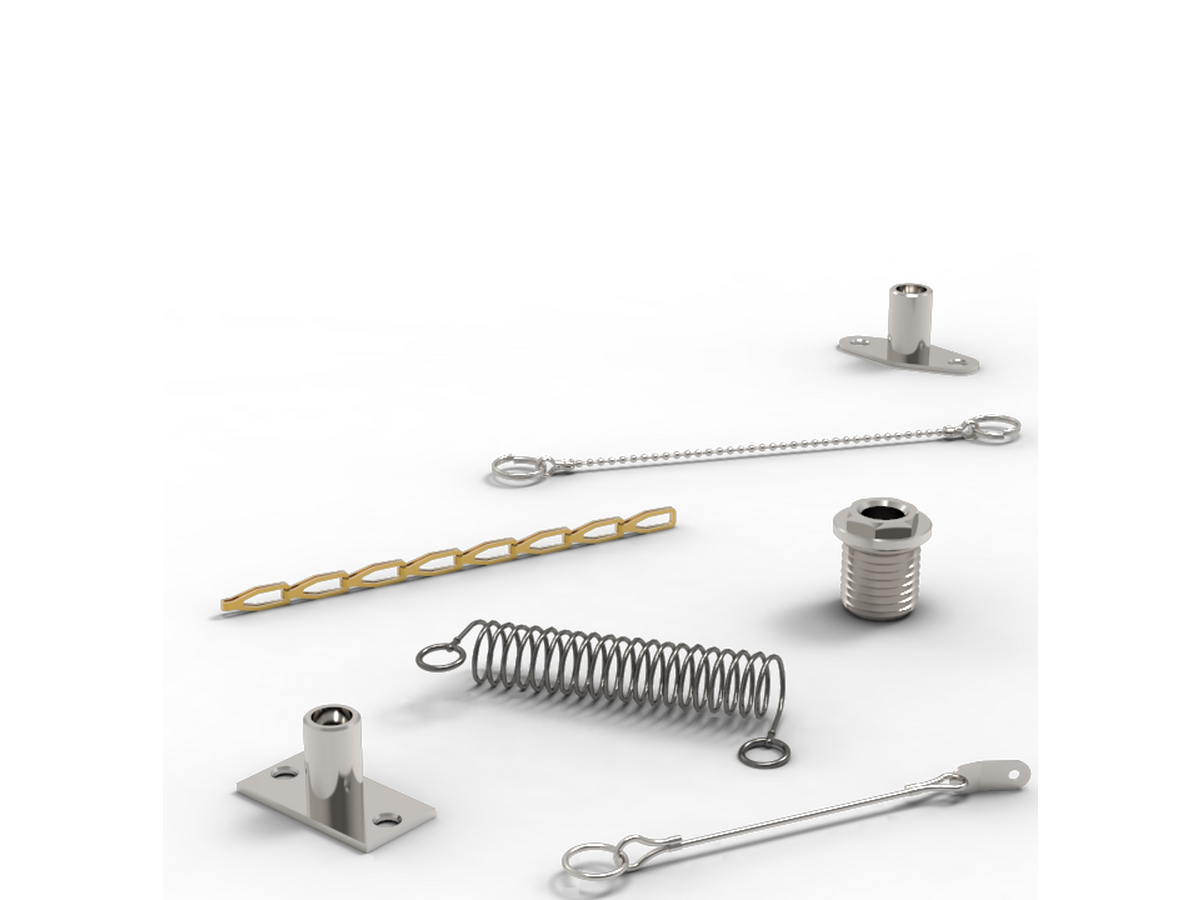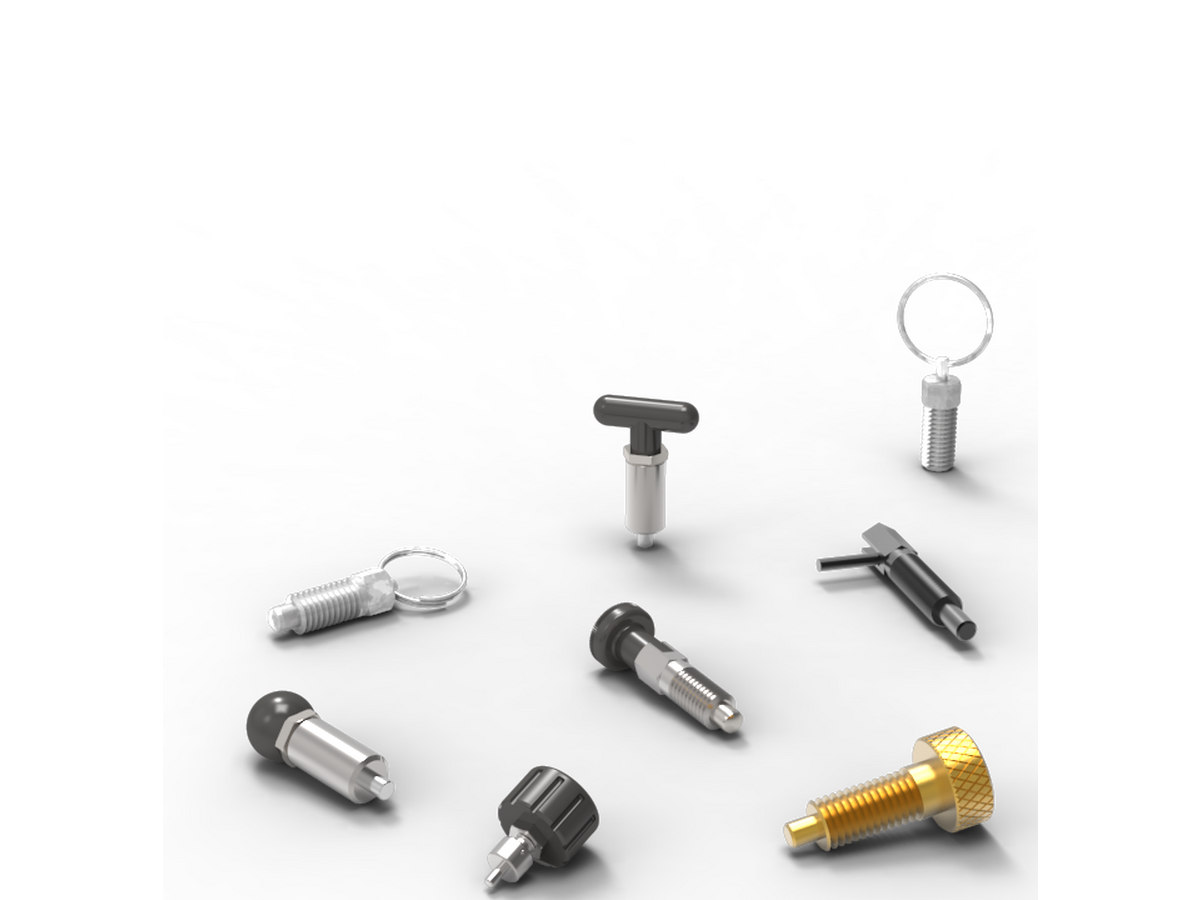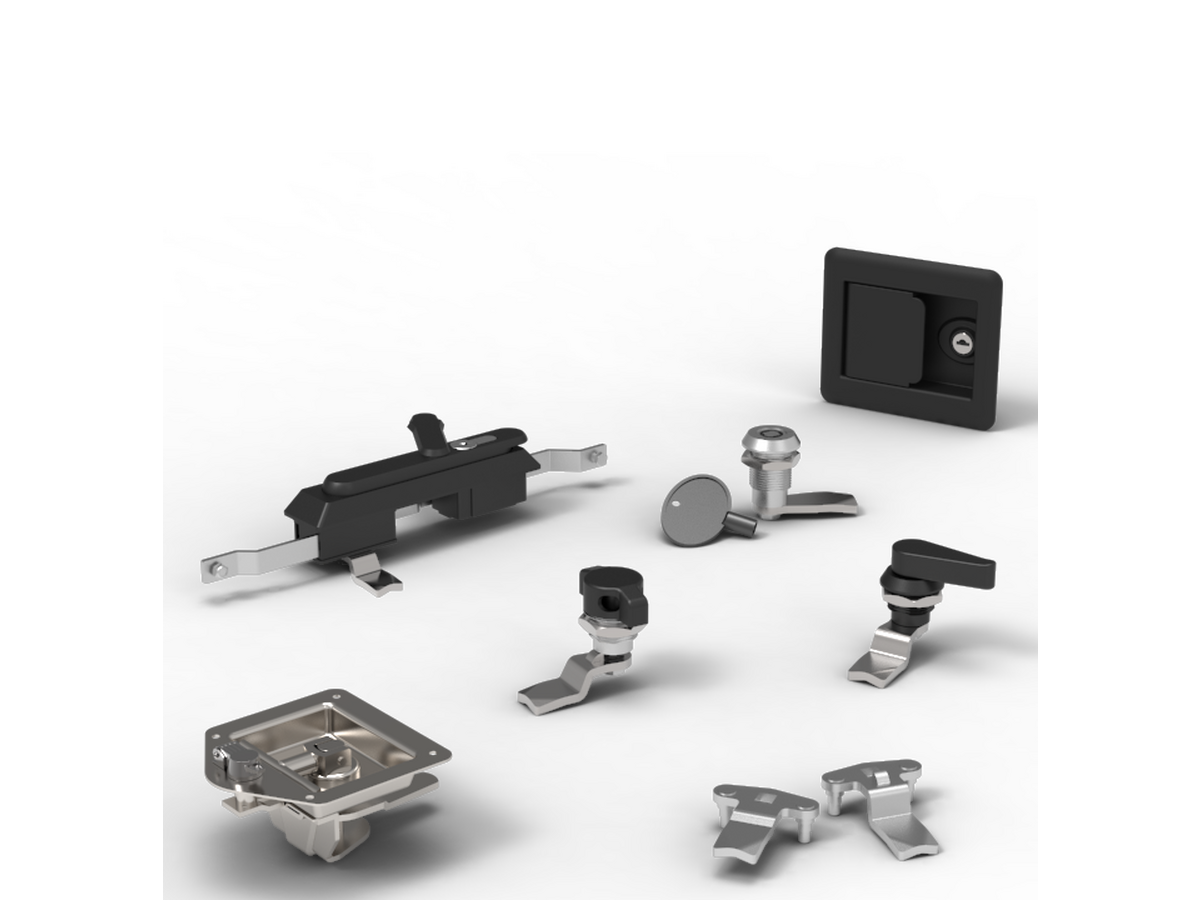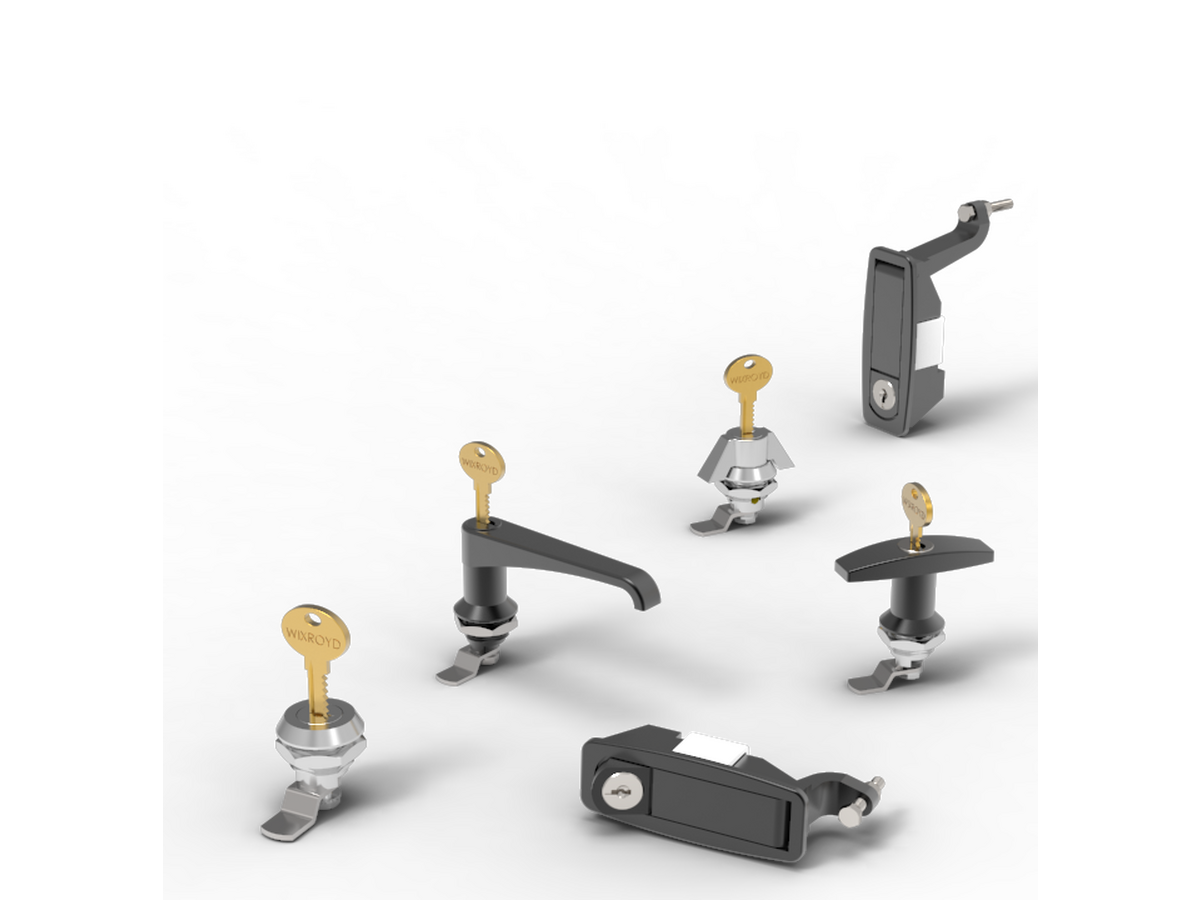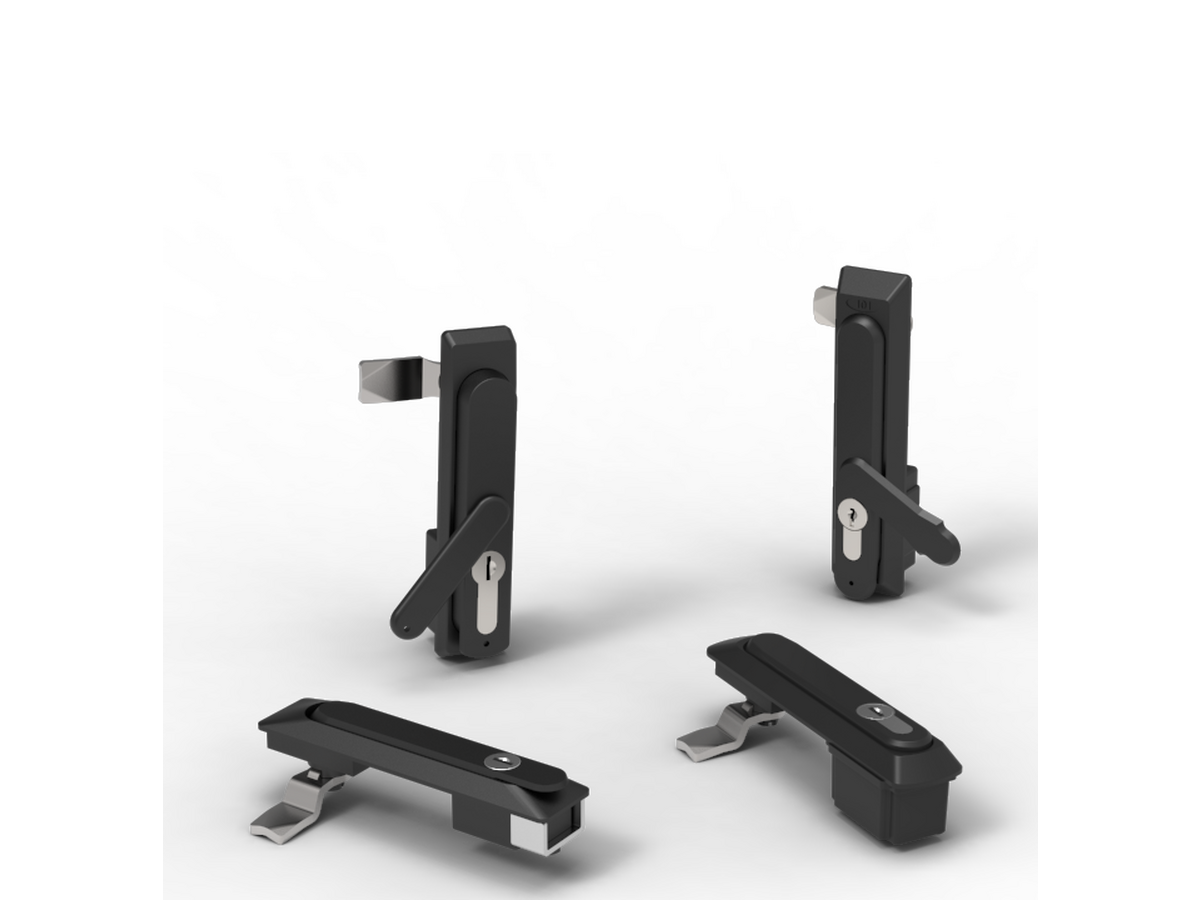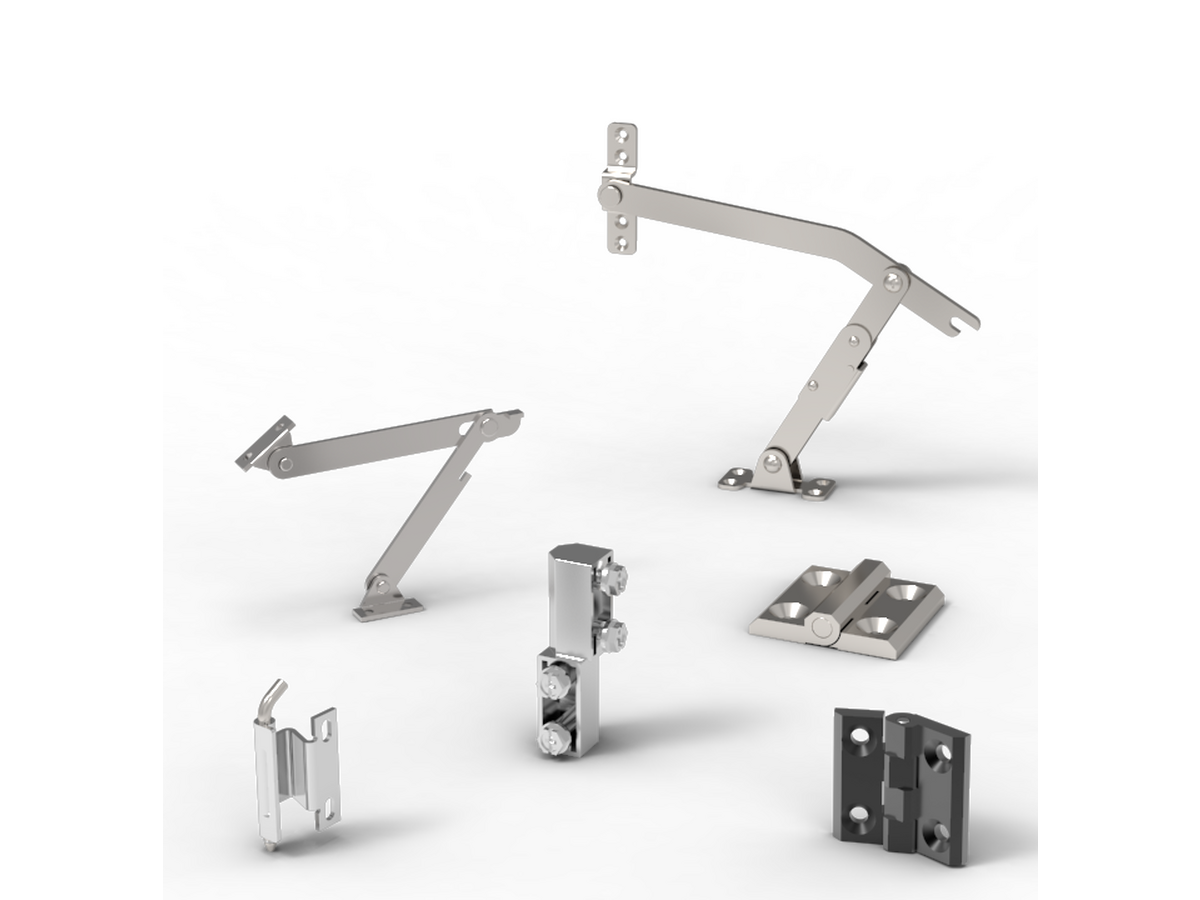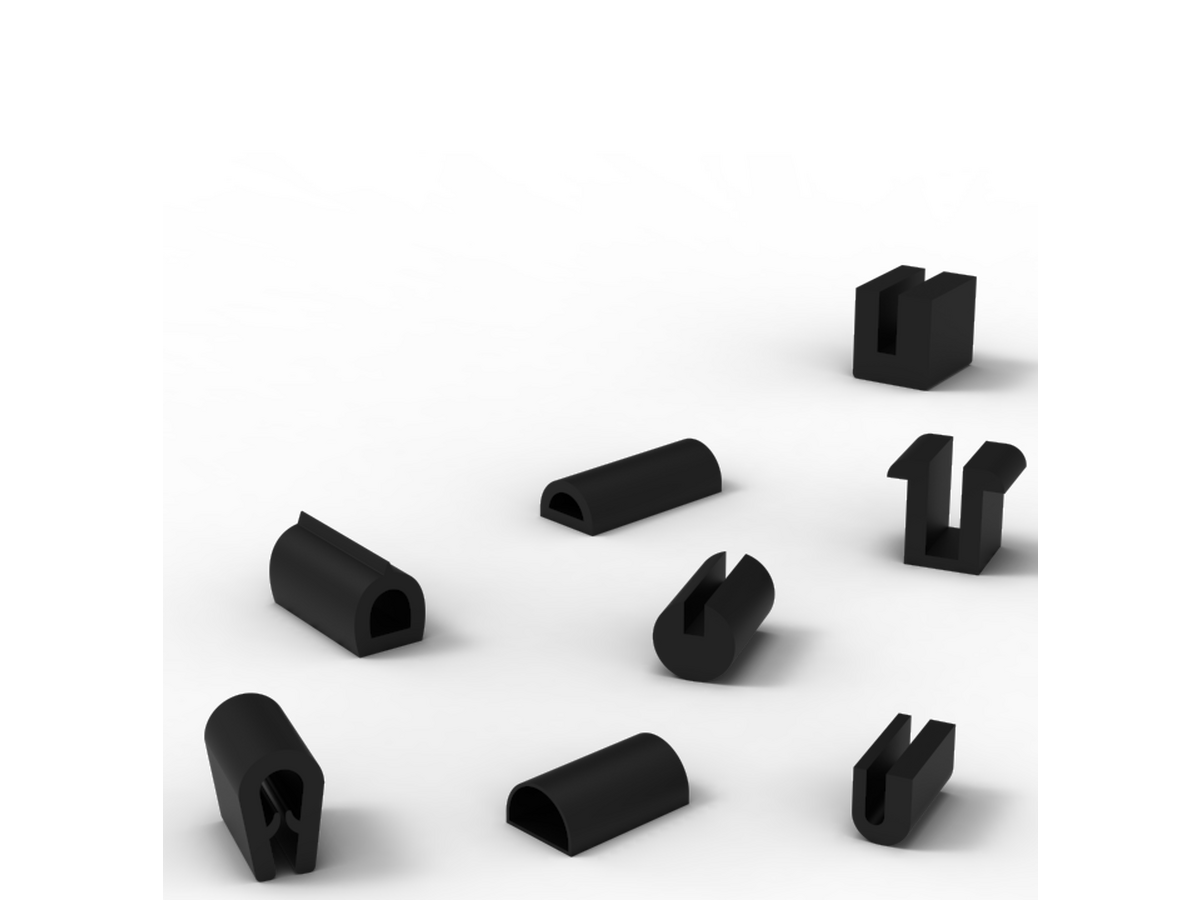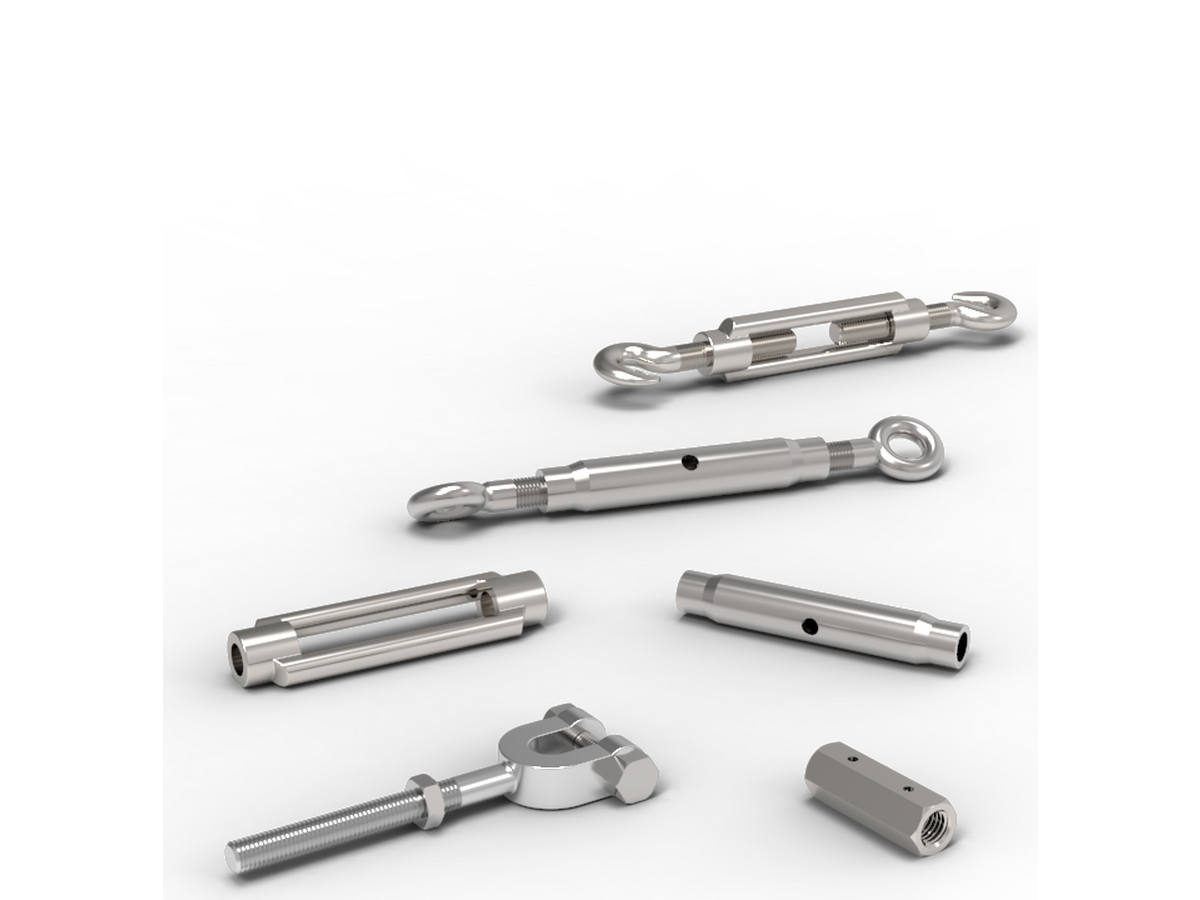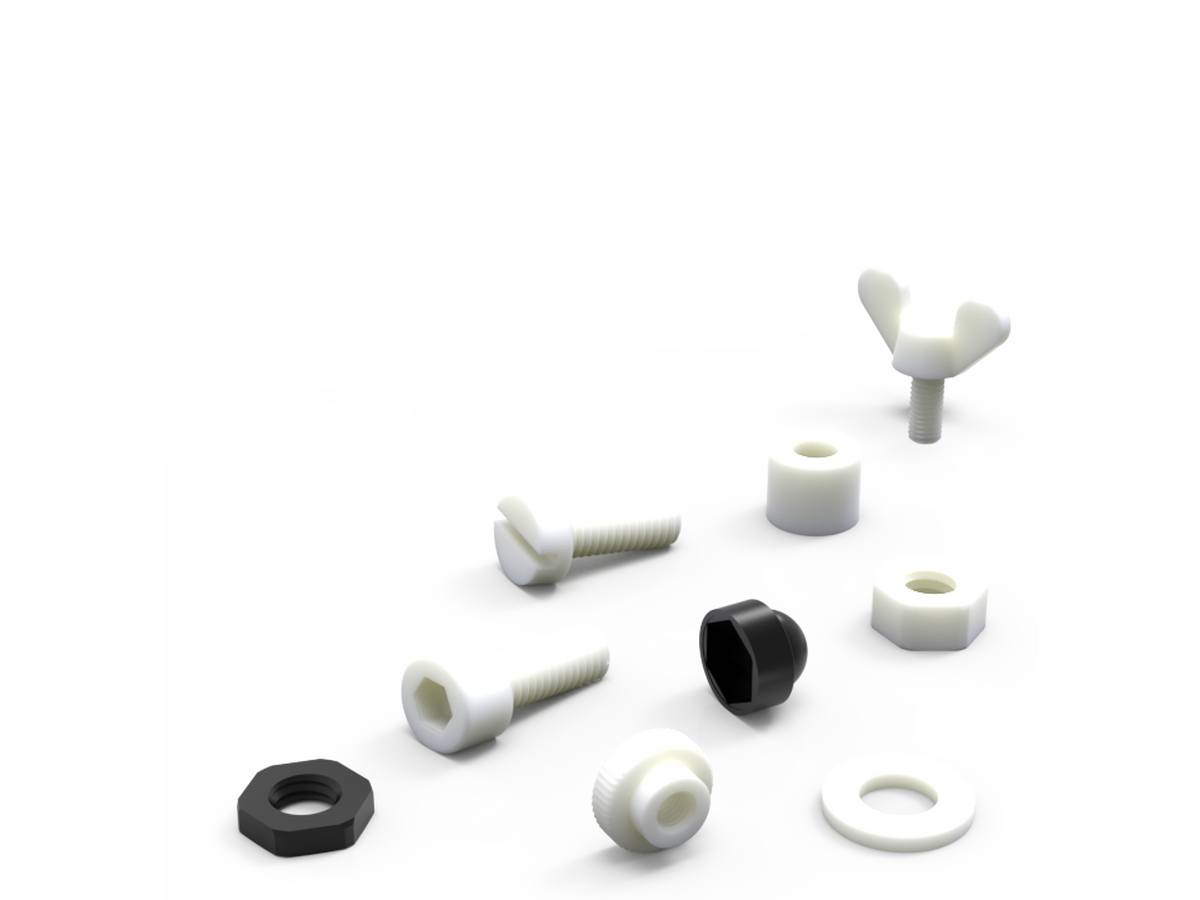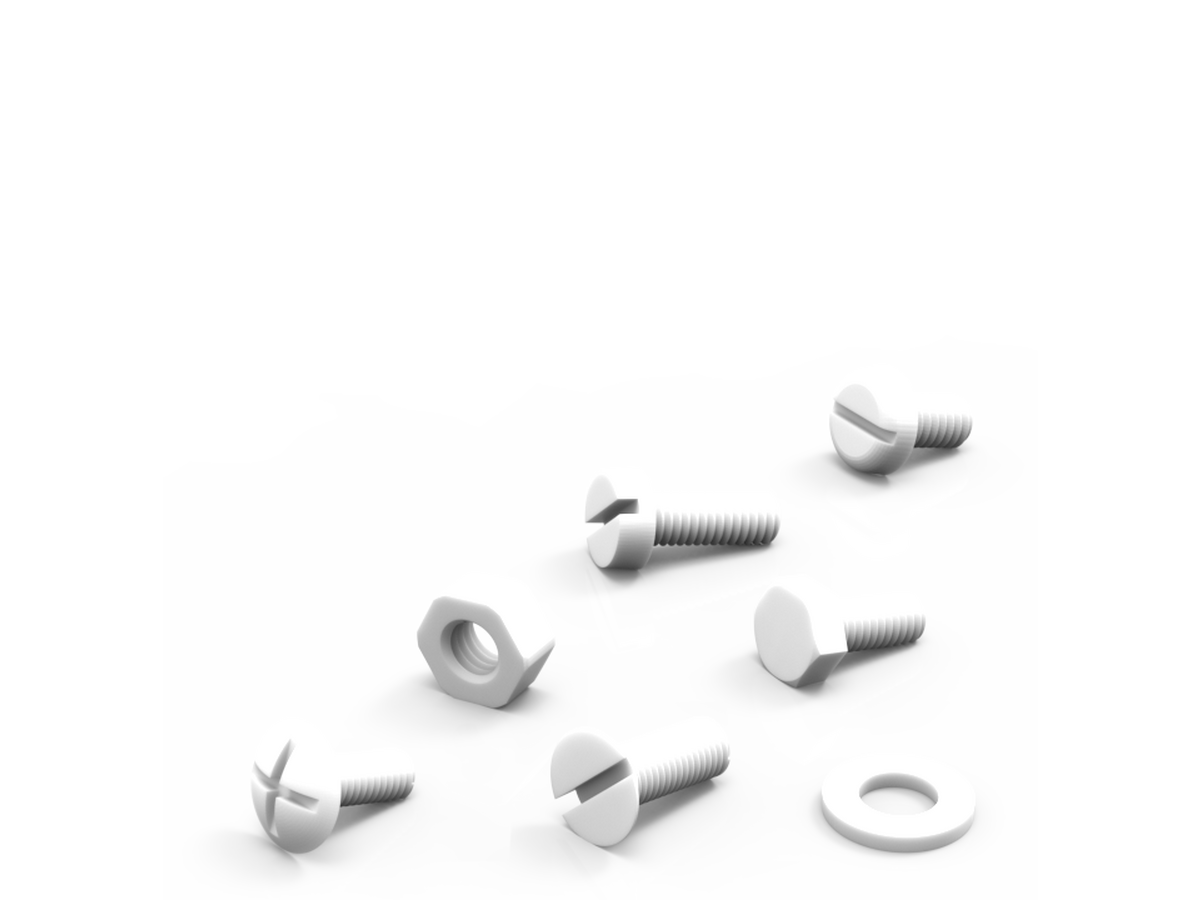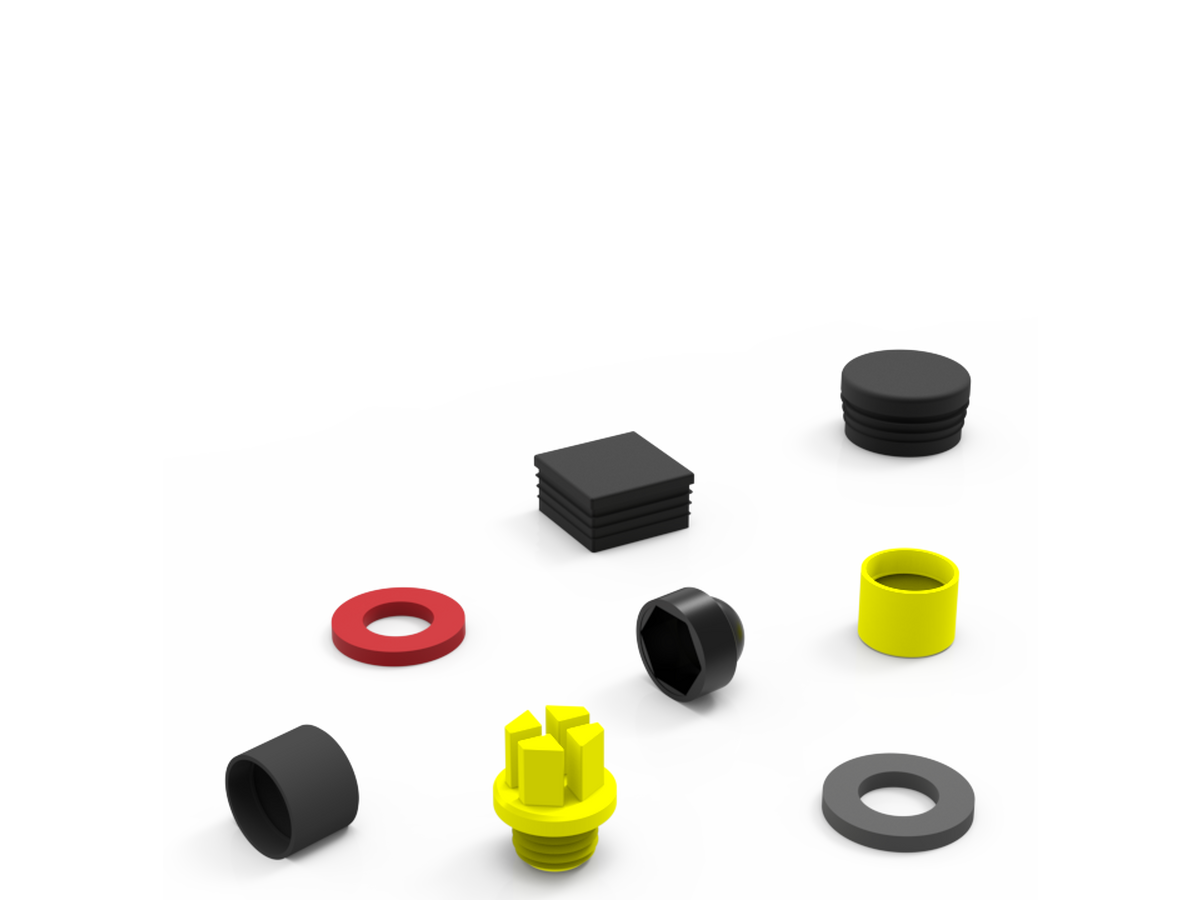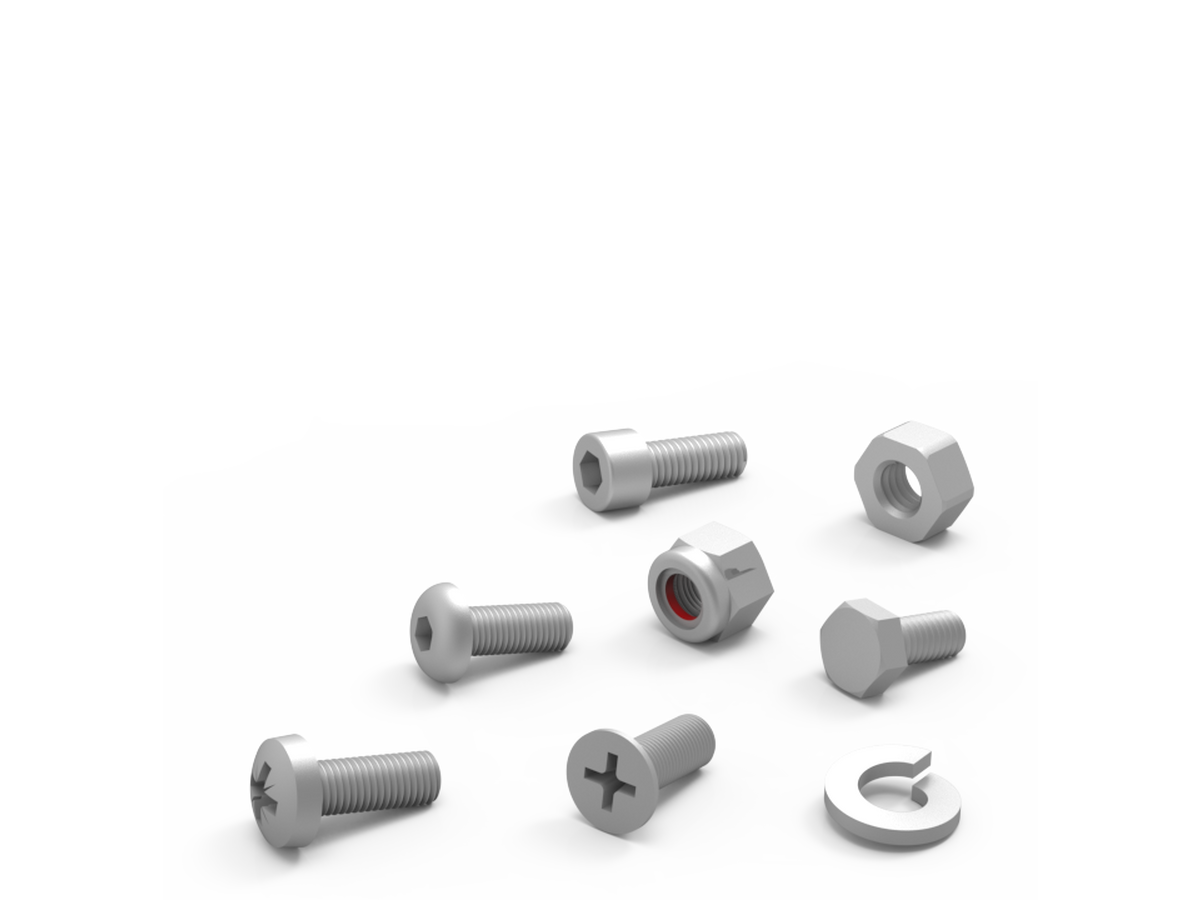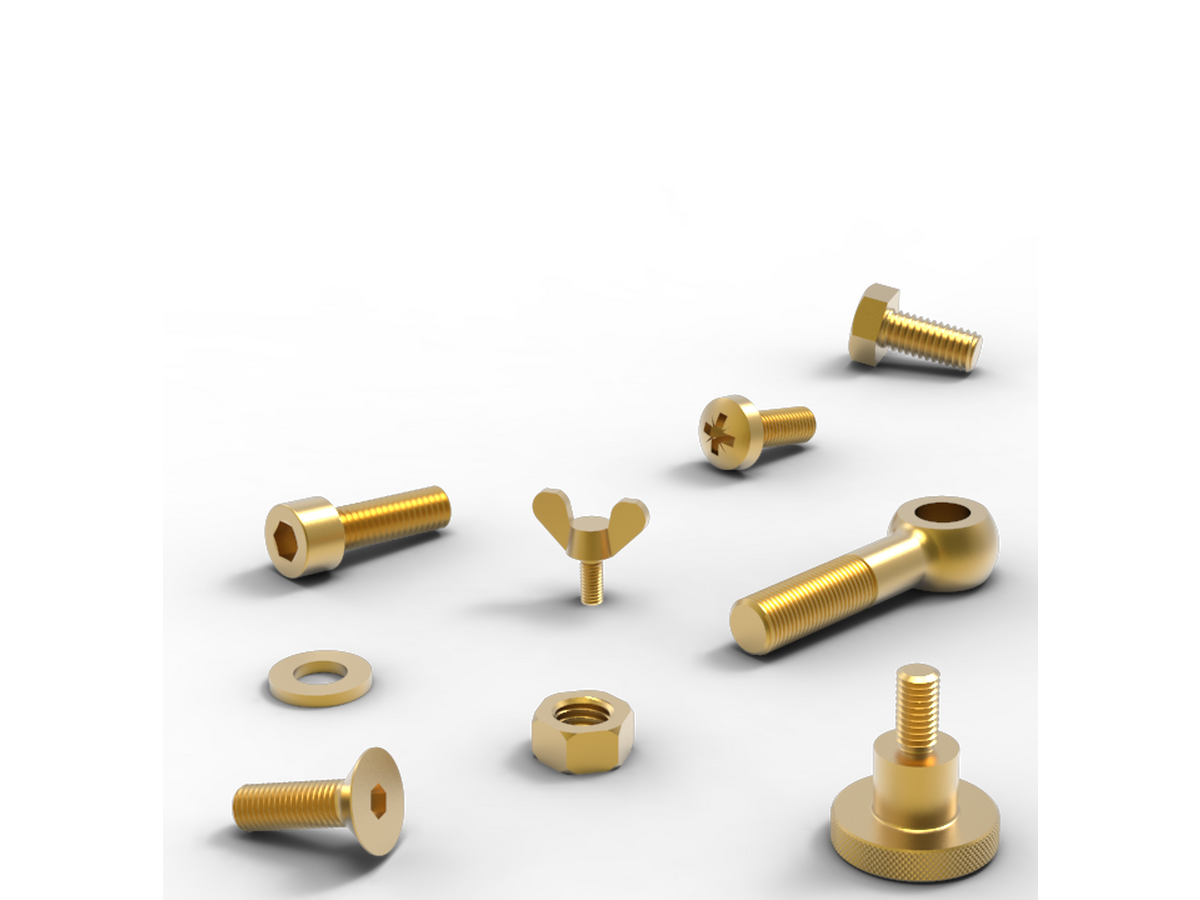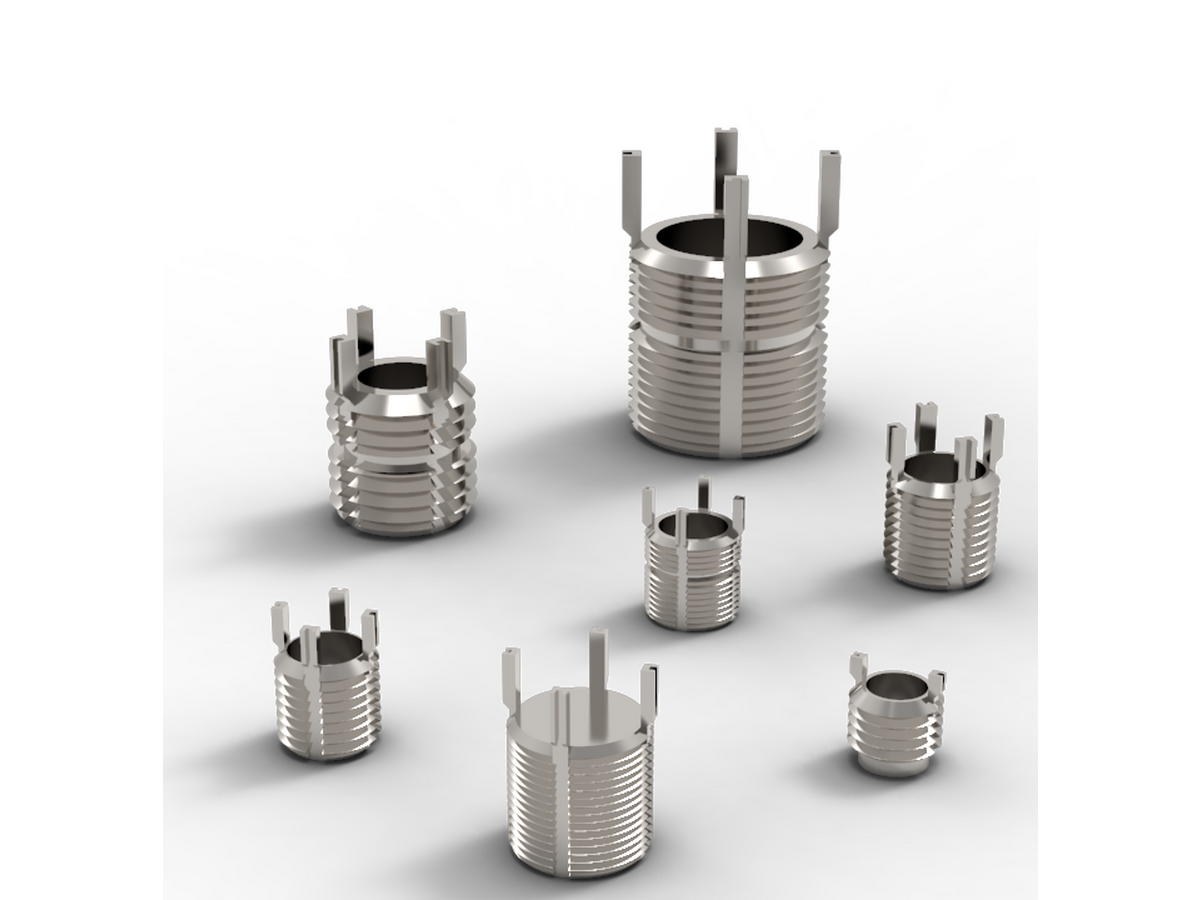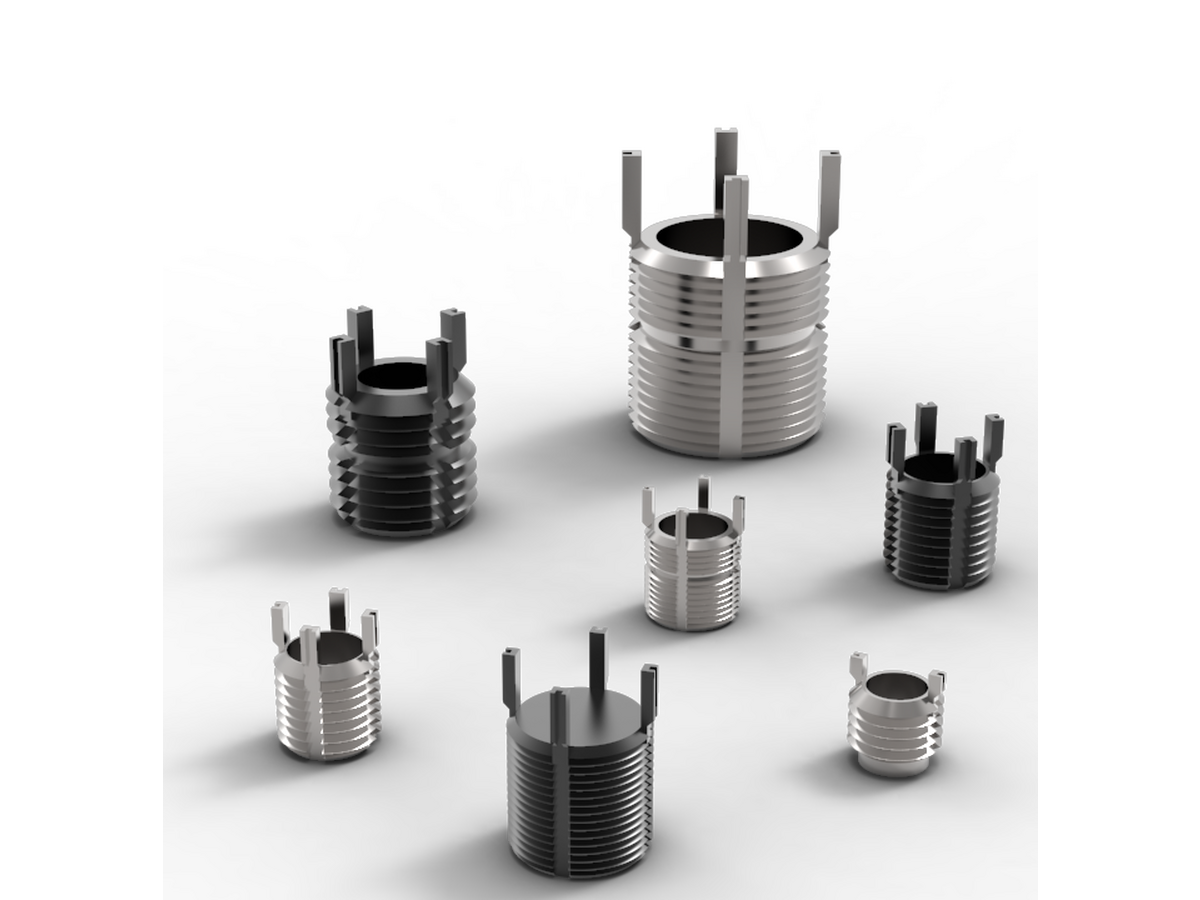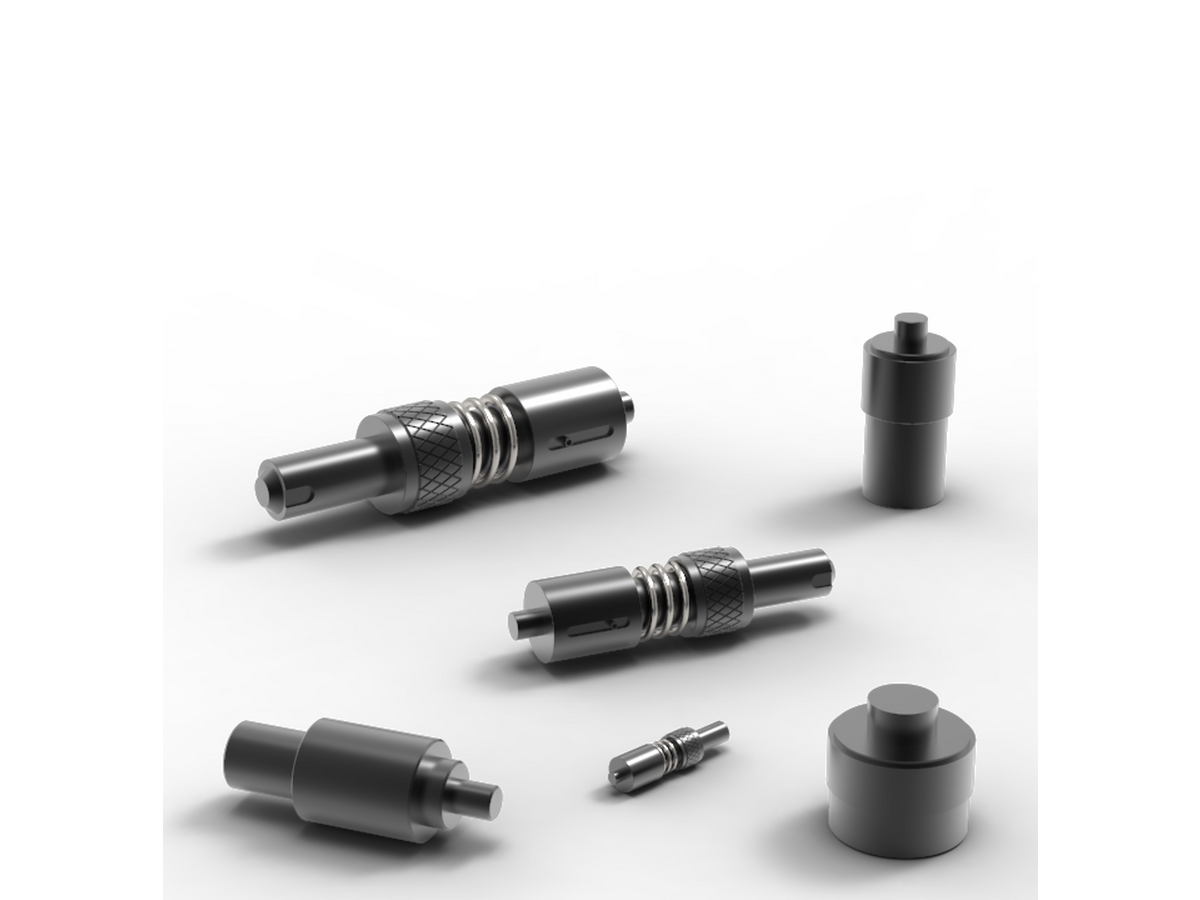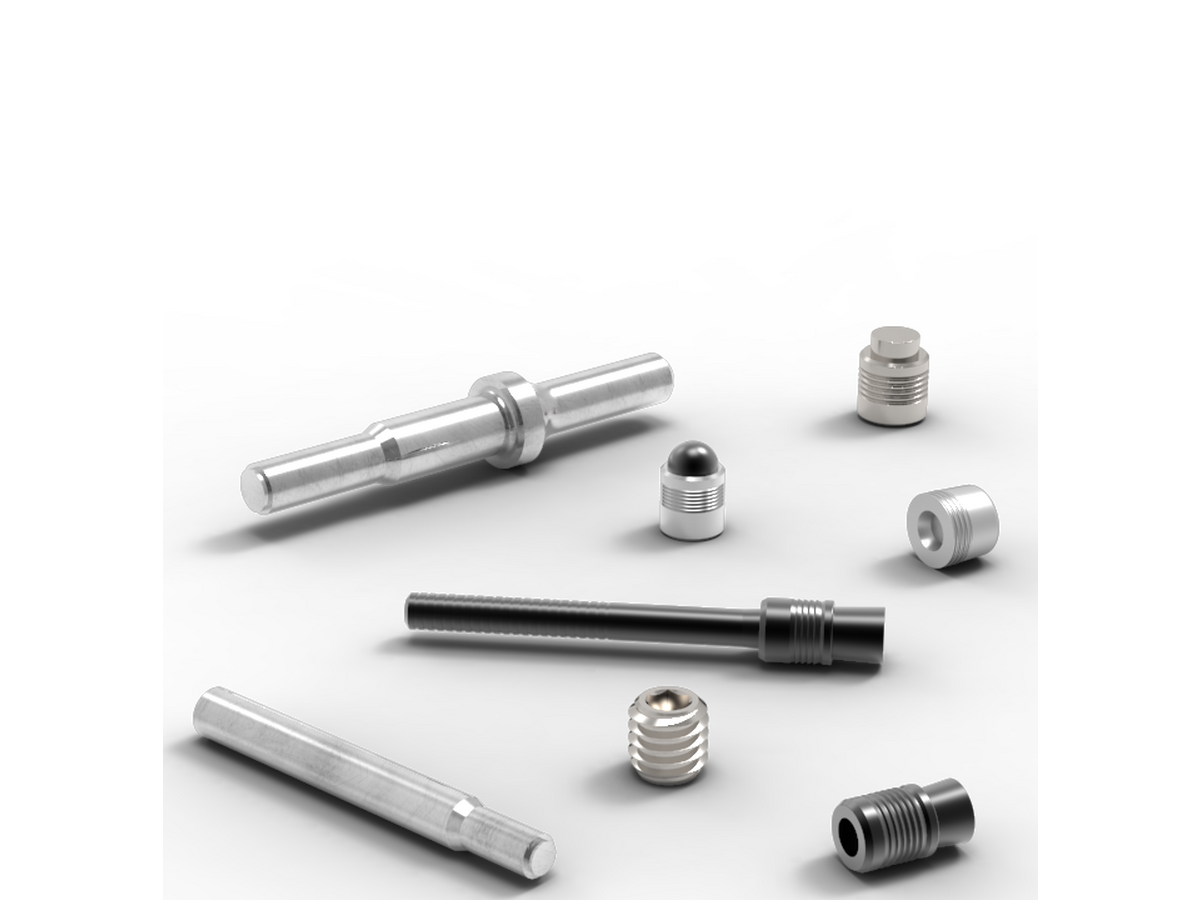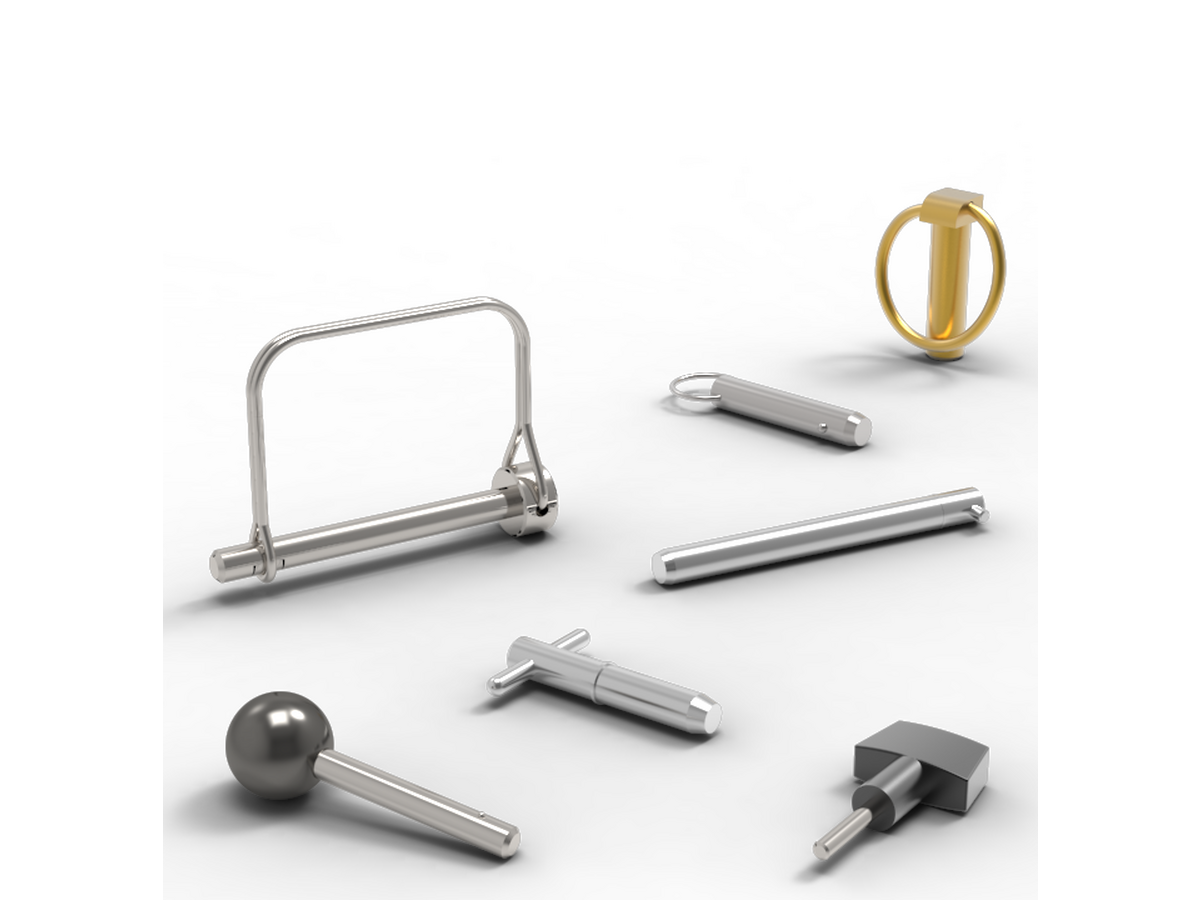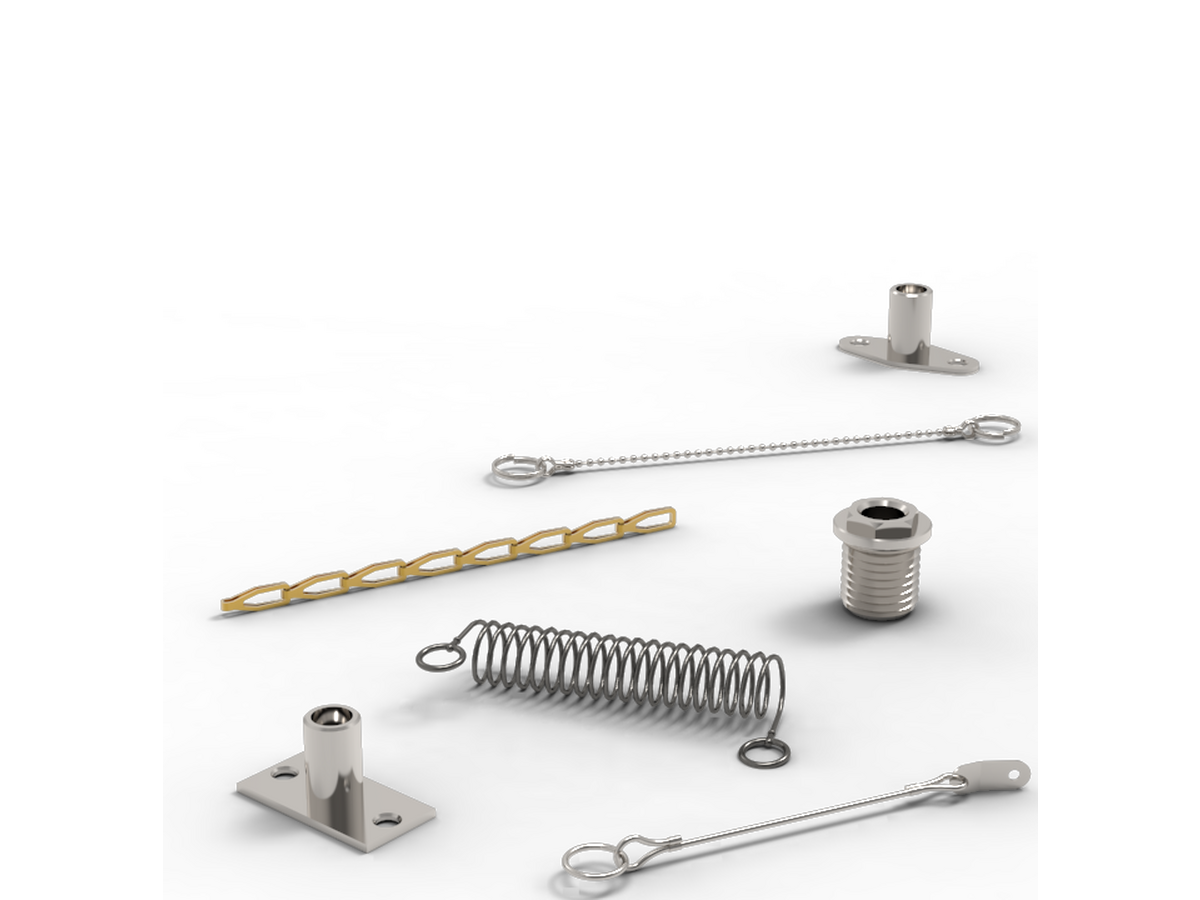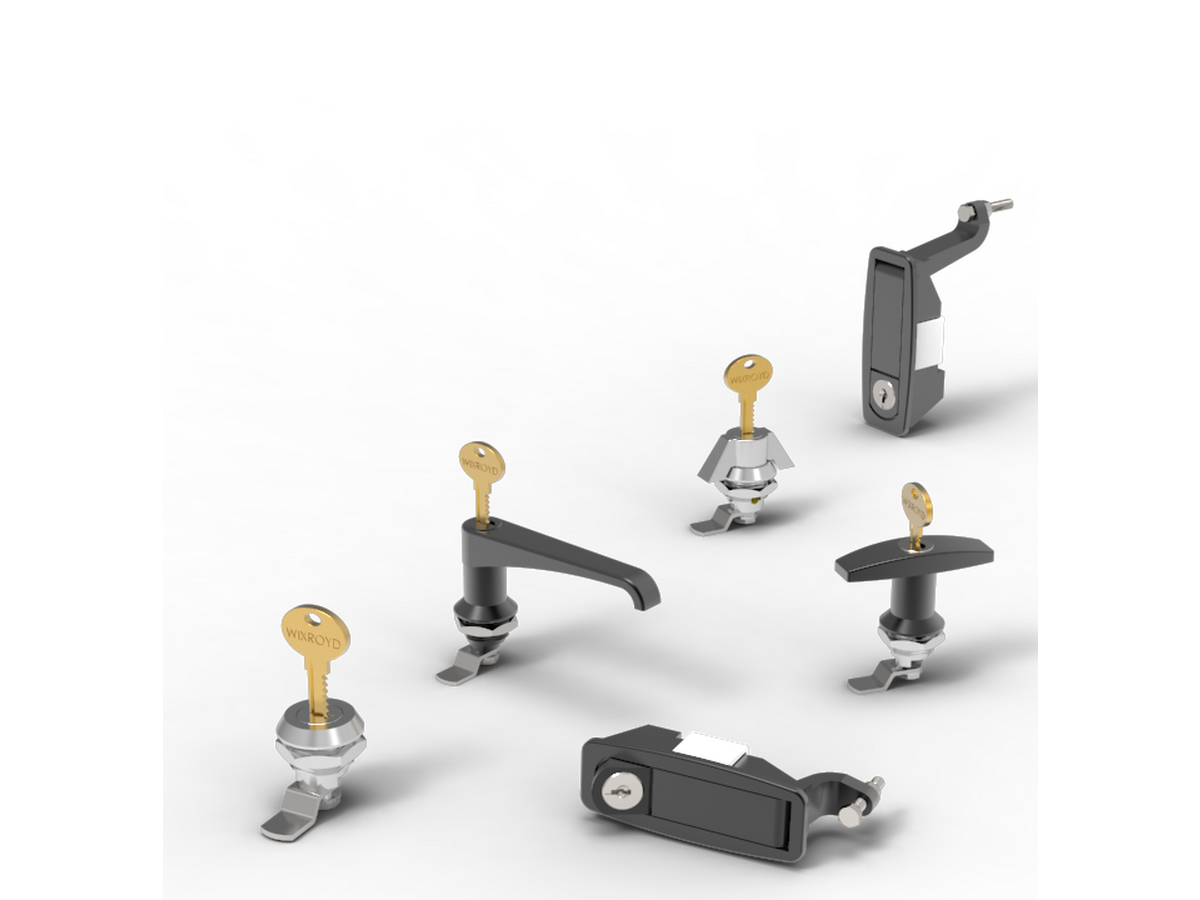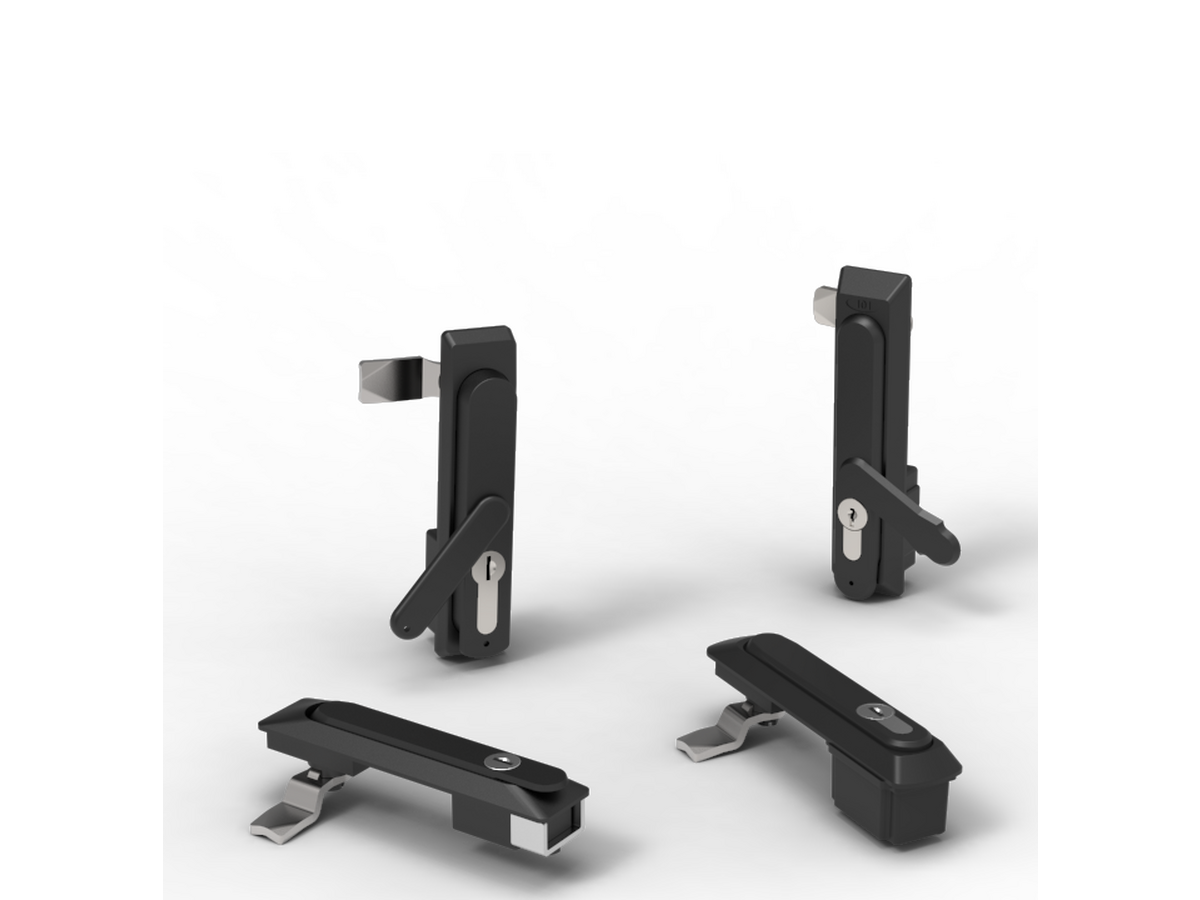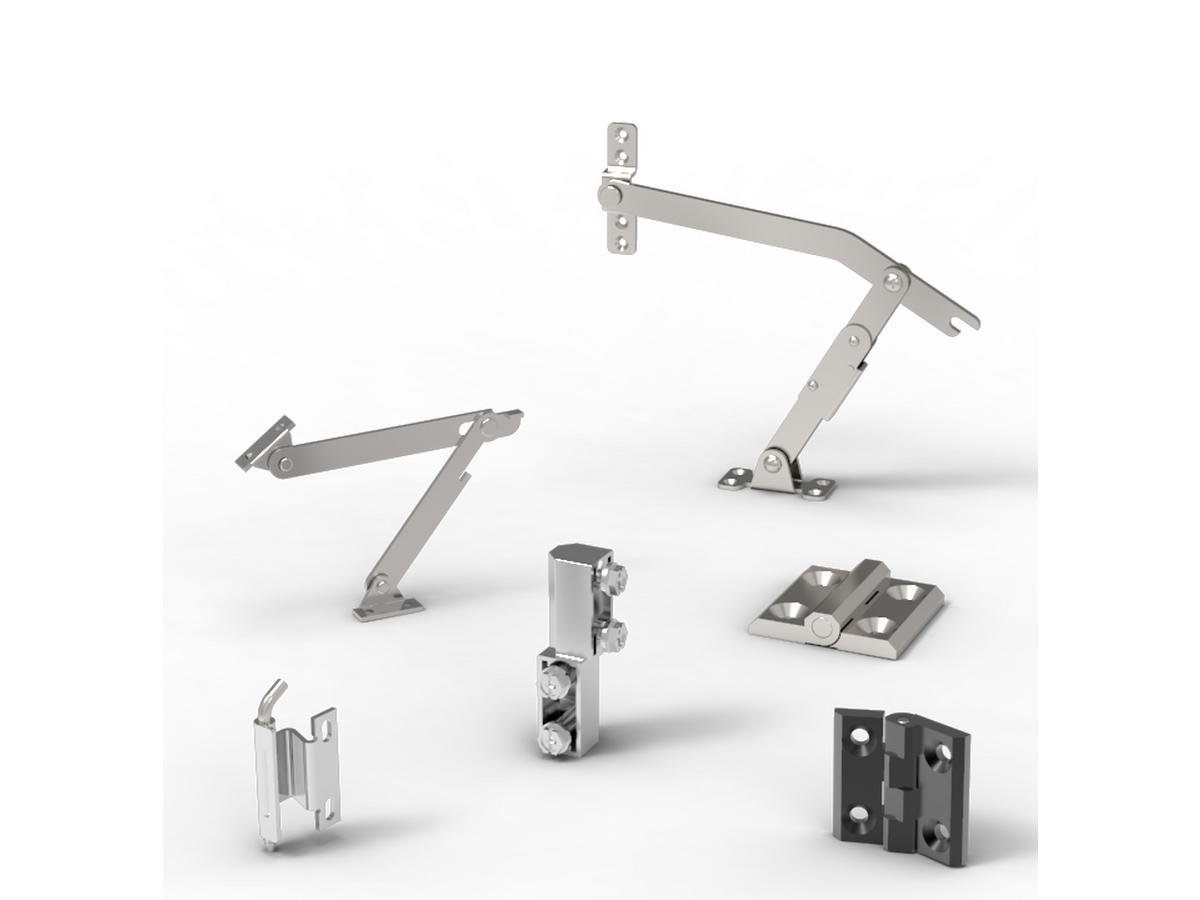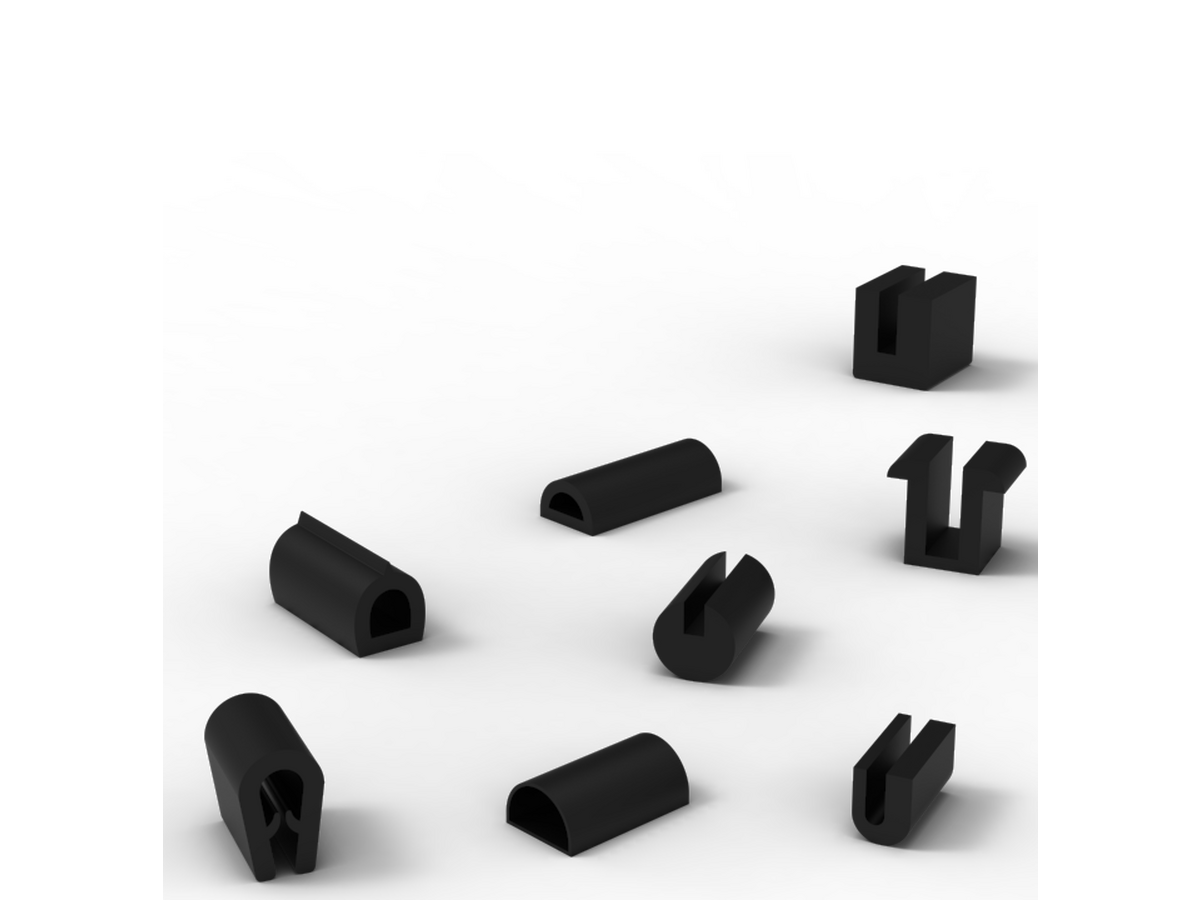Chemical, physical and mechanical characteristics of Titanium
What is...
Titanium is a metallic, non-magnetic element which is present in nature as oxide (TiO2) and represents the fourth element in structural materials present on the Earth’s crust; its costs are not connected with its availability, but are associated with the complexity of the mining process and manufacturing difficulties.
Pure titanium (sponge) is obtained:
- After TiO2 chlorination by thermochemical reduction of TiCl4 (Kroll and Hunter process).
- After TiO2 chlorination by electrolytic reduction of TiCl4 into mineral salts.
The resultant titanium sponge can be produced in blooms, ingots and billets. These products are further processed by rolling, drawing and extrusion to produce the main products available on the market: bars, tapes, wires, sheets and pipes.
The wide range of properties that distinguish titanium and its alloys, and in particular the combination of their physical and mechanical properties, among which strength (comparable to the strength of steel and twice that of aluminum) and corrosion resistance, allow their use and application in a wide range of fields such as aeronautic and aerospace (both civil and military applications), chemical and automotive industry, energy (for example off-shore plants) and medical applications.
The main chemical-physical characteristics of titanium and its alloys are:
- Low density, and therefore lightness (4.5 kg/dm3), but with mechanical properties comparable to that of structural steels (in this case the same product requires half the material in terms of weight)
- High corrosion resistance to oxidizing acid (in particular in nitric acid), in saline environment (as sea water), and in organic solutions (food products and medical field)
- High resistance to abrasion, impact cutting, and UV rays
- High thermic inertia (thermal conductivity of 16W/mK) and good heat resistance due to the high melting point that allow the use at high temperature.
- Good workability and weldability
- Anti-static and non-magnetic element
- Non-polluting and non-toxic
- Recyclable
These properties are achieved through the addition of alloy elements which, depending on the type of alloy, allow the improvement of some properties. Improvements can also be achieved also by the use of different heat treatments and working processes. This allows its use in a wide range of applications.
Titanium is available on the market as pure titanium or as alloy.
Pure titanium has a crystalline structure of alpha type (compact hexagonal) and it is classified in 6 types, each one of them including a different quantity of impurities (interstitial elements).
Grades with greater purity, are characterized by a low content of interstitial substances, and by lower hardness and resistance, but greater ductility.
Grade 1 is the most pure (99.5% of titanium); from gr. 1 to gr. 5 the quantity of substances decreases but the resistance increases.
The addition of alloying elements allows to achieve alpha, beta and alpha+beta type alloys with different characteristics compared with pure titanium, but more popular material due to the better relationship between weight and resistance and can be used in a wider number of applications.
About a half the production of titanium is represented by titanium gr. 5 (Ti-6Al-4V), which characterized by an alpha+beta structure and it contains both alpha stabilizer (6% of aluminum) and beta—stabilizer (4% vanadium) elements, and other alloy elements in lower quantities.
Because of its physical and mechanical characteristics, it is largely employed in the manufacture of screws and mechanical components.
The following tables show the chemical composition of various types of pure titanium and some of its most commonly used alloys relative physical and mechanical characteristics.
Commercially pure | Titanium alloy | |
Grade | Grade 2 | Grade 5/td> |
Rm (MPA) | 345 | 900 |
Rp 0.2 (MPA) | 275 | 830 |
Elongation % | 20 | 10 |
Hardness | 160 HB/30 | 36 HRC |
Weight kg/dm3 | 4.51 | 4.4 |
Tensile strength Min/Max MPA | 345/450 | 895/1100 |
Yeild 0.2% MPA | 275 | 825 |
Modulus of elasticity | 103 | 110 |
Shear modulus (GPA) | 40 | 40 |
Melting point °C | 1668 | 1650 |
Thermal conductivity (cal/cm2-°C/cm) | 0.052 | 0.024 |
Electrical resistance (μ-Ω-cm) | 55 | 175 |
Weldability | Excellent | Good |
KCU resilience (J) | 40 - 80 | 15 - 20 |
Coefficient of thermal exposure (/°C) | 8.4x10-6 | 8.5x10-6 |
Specifi c heat (cal/g°C) | 0.124 | 0.138 |
Forging temperature (°C) | 870 - 930 | 950 - 980 |
Molding temperature (°C) | 815 - 870 | 900 - 950 |
Beta transus (°C+/-25°C) | 900 | 1000 |
AFNOR | AIR | DIN | ALEM | ENGLISH | ENGLISH | AICMA | AMS | MIL-T | ASTM B |
T40 | 9182 | 17850 | 37034 | 5073 | 2, 3, 4, 5 | TiP02 | 4902 | type 9046 | Grade 2 |
TA6V | 9183 | 18850/51 | LW 37164 | - | 10-11-12- | TiP63 | 4928 4935 | 9046 ype | Grade 5 |
Screw Diameter | Tit. GR5 M (Nm) | AI 7075 M (Nm) |
M 3 | 1.73 | 0.75 |
M 4 | 3.57 | 1.50 |
M 5 | 6.90 | 3.00 |
M 6 | 11.10 | 5.20 |
M 8 | 28.30 | 12.30 |
M 10 | 57.60 | 25.00 |
M 12 | 97.50 | 42.40 |
M 14 | 155.20 | 67.50 |
M 16 | 235.70 | 102.50 |
The values shown in the table are recommended values that can help to preven too low or too high torques, which could lead to loosening or breakage and deformity.
Email Newsletter
Be the first to receive the latest news and exclusive offers via our newsletter.
Alexia House, Glenmore Business Park
PO19 7BJ Chichester
United Kingdom
0333 207 9969
sales@teknipart.co.uk
Route via Google Maps
Company registration no: 861056
VAT no.: GB 408154022
